World War II ended in 1945, but its aftermath left deep scars across Europe, Asia, and beyond. Cities lay in ruins, millions were dead, and an entire generation had been displaced. The end of the war marked the beginning of a long road to recovery. This period saw the rise of new political tensions, the emergence of global powers, and the start of reconstruction efforts. Through rare photographs from 1945 to 1947, we can witness the early stages of this monumental transformation.
Soviet Soldiers’ Return and the Rebuilding of a Nation
One of the most striking images of the post-war period is the return of victorious Soviet soldiers at a railway station in Moscow in 1945. These soldiers had endured immense hardships, and their return symbolized both triumph and the cost of the war. The Soviet Union had been heavily impacted, with millions of lives lost and cities destroyed. The first steps toward rebuilding were monumental. The vast efforts to reconstruct the nation began, but it was clear that the road ahead would be long and difficult.
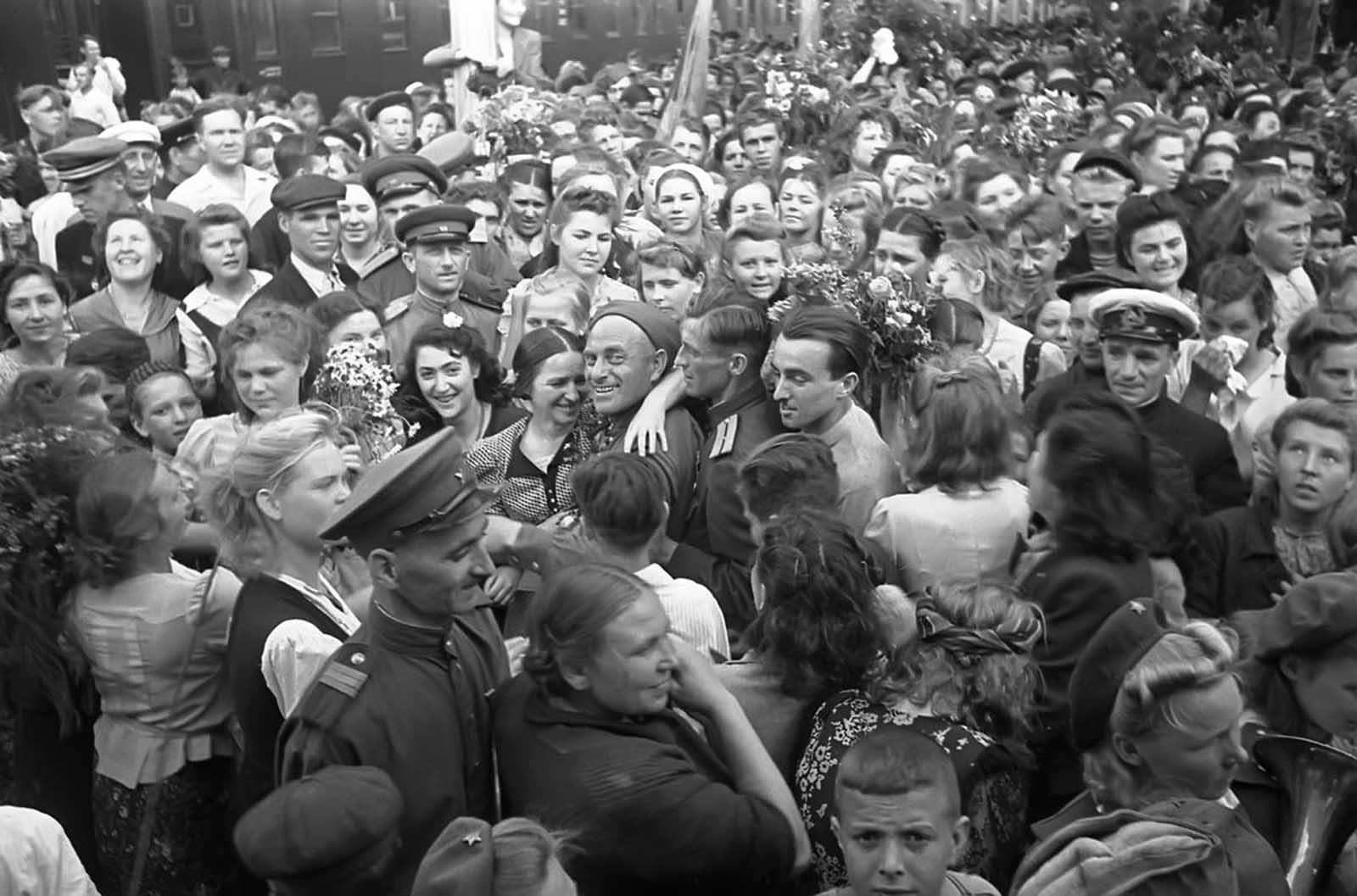
Photographs from this era show the pride and exhaustion in the faces of Soviet soldiers as they marched through Moscow during the Victory Day parade on June 24, 1945. The lowered standards of the defeated Nazi forces were carried as a reminder of the victory and the harsh realities of war. These images capture the strength of a nation determined to rebuild, despite the immense challenges ahead.
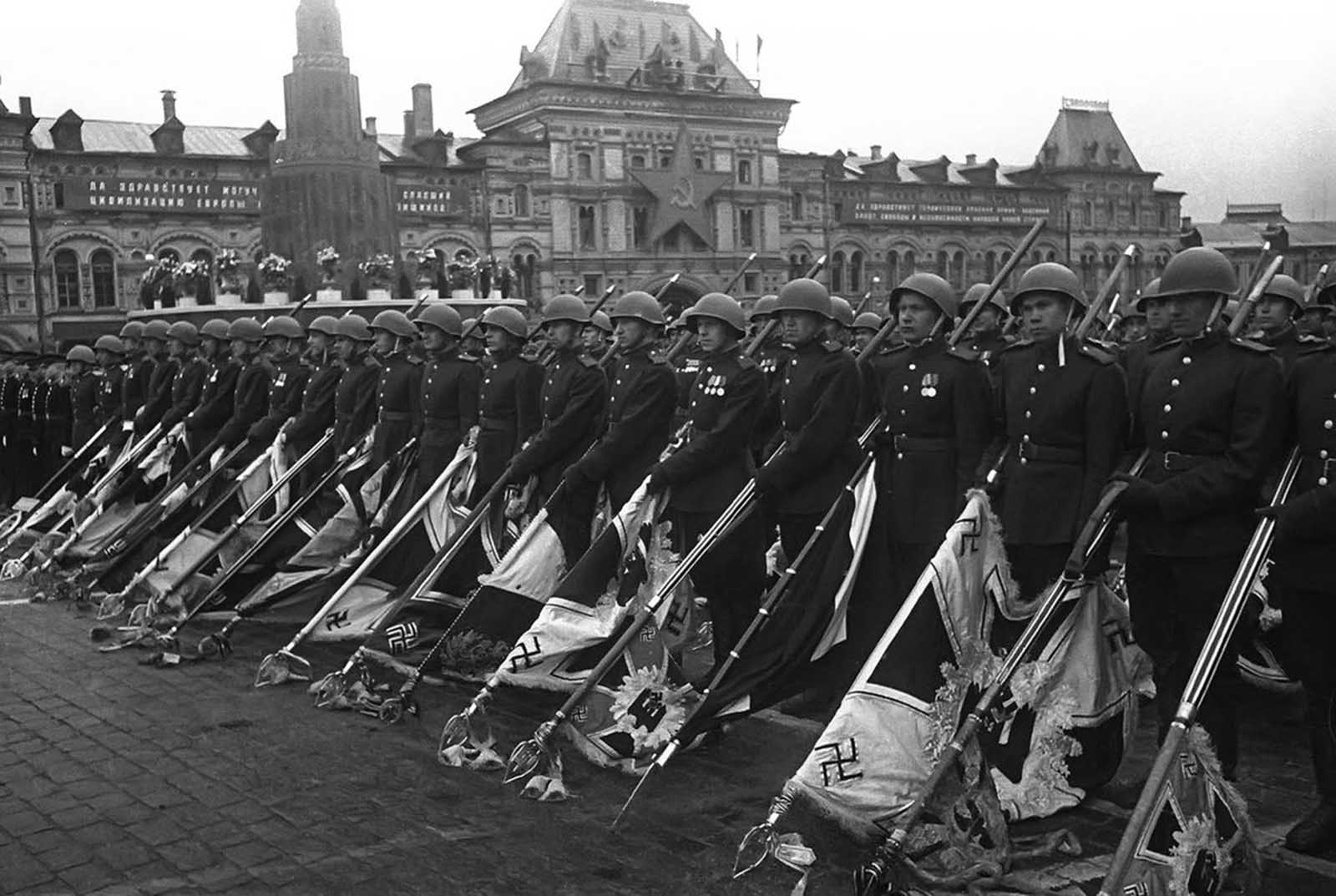
Video
Watch the video “The Aftermath of World War II: Collaboration & Retribution” to explore the consequences and responses following the war.
The Cold War and the Division of Europe
As Europe recovered, political tensions started to rise. The wartime alliance between the United States, Great Britain, and the Soviet Union began to fracture, giving way to the Cold War. The end of the war marked the division of Europe into two ideological blocs: the capitalist West, led by the United States, and the communist East, led by the Soviet Union. The Iron Curtain divided Europe, and the stage was set for decades of rivalry, espionage, and proxy wars.
In the aftermath, Western Europe received aid through the American Marshall Plan, which helped rebuild the economies of countries like France, Italy, and Germany. On the other hand, the Soviet Union imposed its influence on Eastern Europe, shaping the political landscape for years to come. This division was not just a political one but also a cultural and economic separation that affected millions of lives.
Germany’s Surrender and Executions of War Criminals
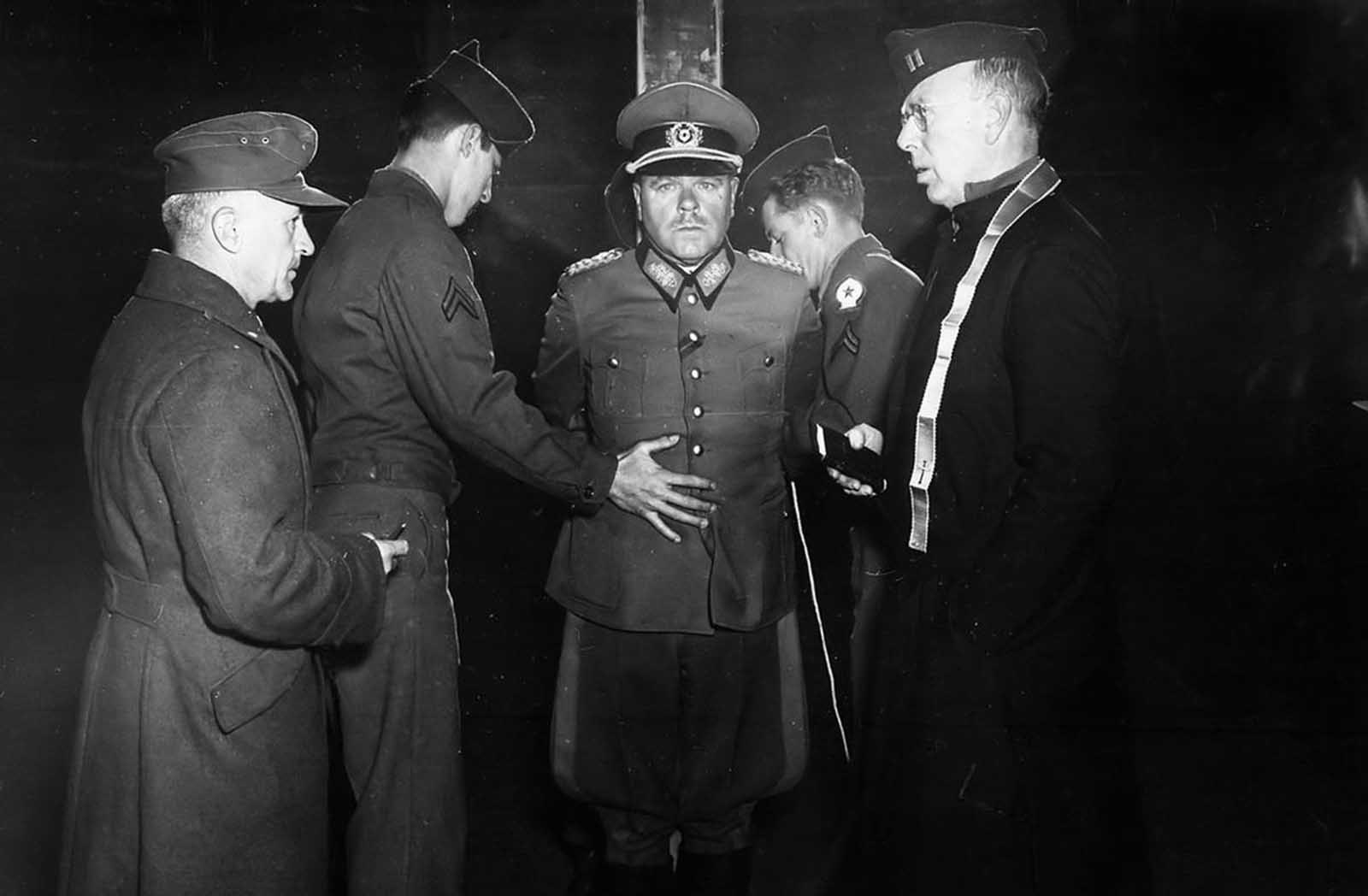
The war’s end also meant the reckoning for those responsible for its atrocities. One of the most haunting images of this period is the execution of German General Anton Dostler, who was sentenced to death for ordering the execution of 15 unarmed American prisoners of war. This photograph, taken on December 1, 1945, in Aversa, Italy, serves as a grim reminder of the cost of war crimes and the efforts to bring perpetrators to justice.
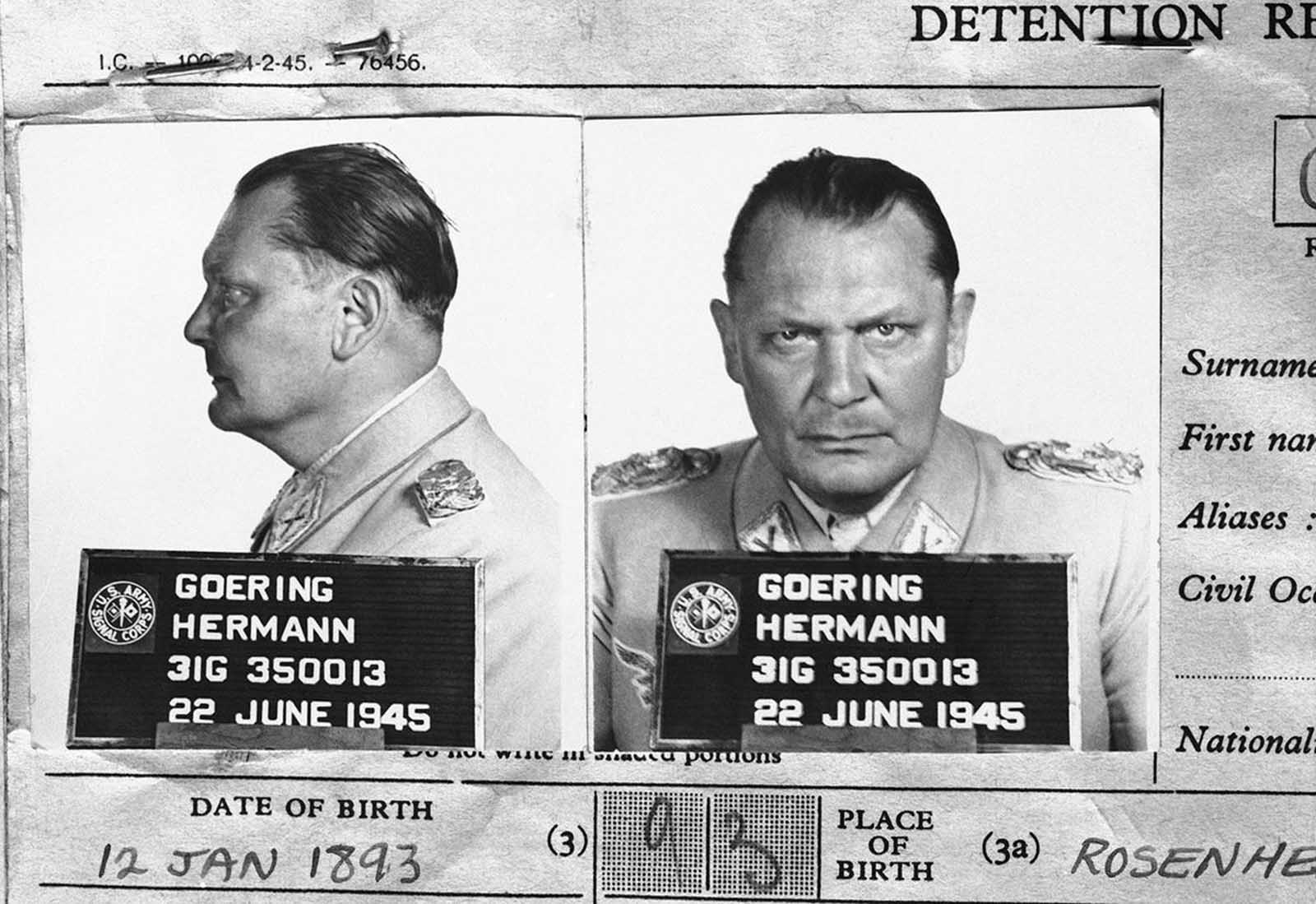
The Nuremberg Trials, held in 1945 and 1946, saw the prosecution of major Nazi war criminals. Photographs from the courtroom show the likes of Hermann Goering and Rudolf Hess, men who were once at the pinnacle of Nazi power, now facing justice for their roles in the atrocities committed during the war. These trials marked the beginning of international efforts to hold individuals accountable for war crimes, shaping global law in the years that followed.

The Rise of New Global Powers and the Creation of Israel
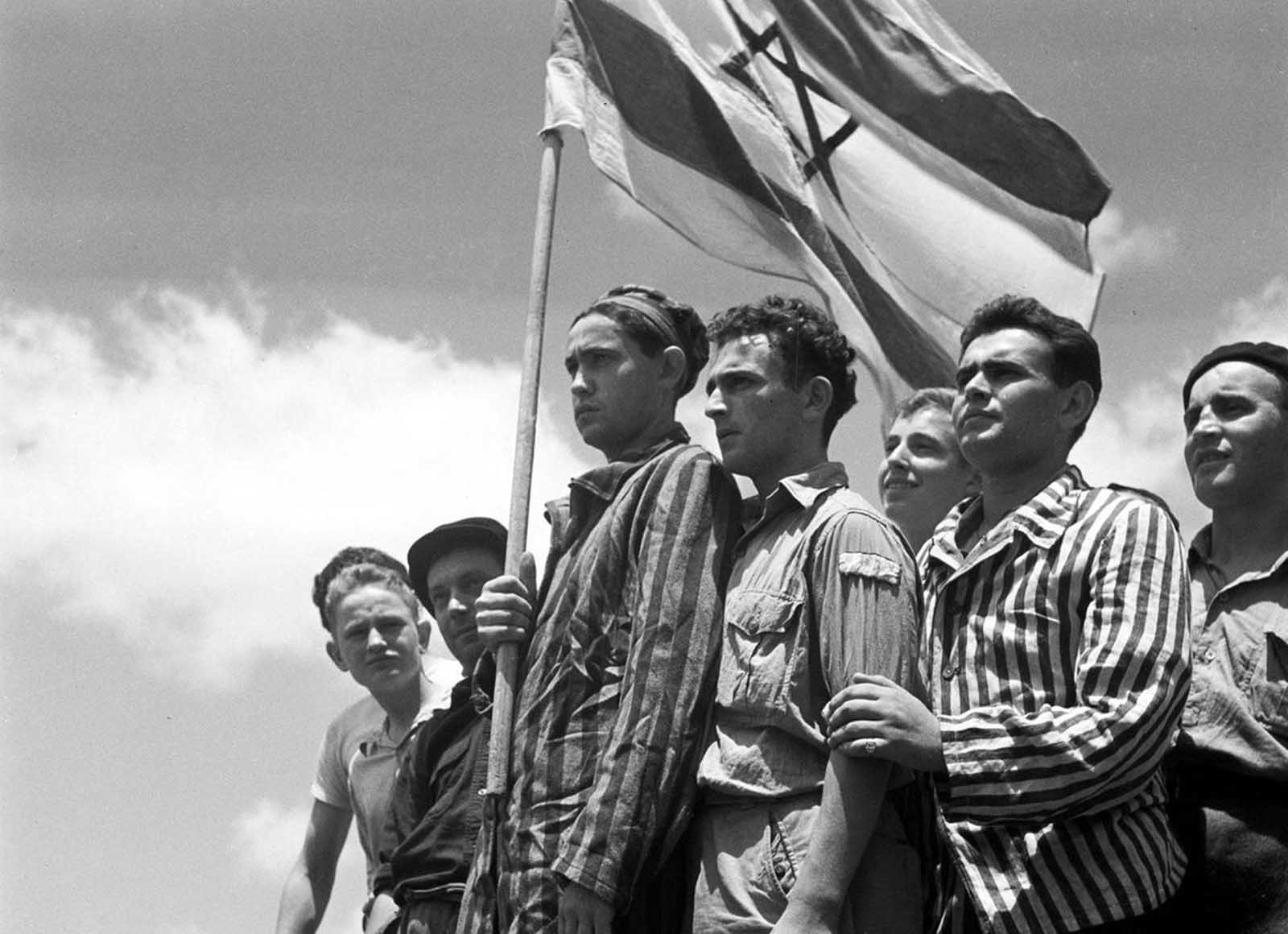
The aftermath of World War II also saw the rise of new global powers. One of the most significant events was the creation of the State of Israel. In the years following the war, the global community witnessed a wave of decolonization, with countries in Asia, Africa, and the Middle East gaining independence. Israel’s declaration of independence in 1948, with the support of the United States, marked a new chapter in the Middle East, but it also sparked ongoing conflicts with neighboring Arab states.
Photographs from this period capture the hopes, struggles, and tensions surrounding the creation of Israel. Jewish survivors of the Buchenwald concentration camp, many still in their camp clothing, stand on the deck of the refugee immigration ship Mataroa in 1945, making their way to Haifa, Palestine, a symbol of the tragic history they were escaping and the new beginning they sought.
Decolonization and the Shift in Global Alliances
Alongside the creation of Israel, the post-war period saw the beginning of the end of European empires. Countries like India and Indonesia gained independence from colonial powers, signaling the rise of new nations and the changing global order. These movements were often met with resistance from colonial powers, but the winds of change were unstoppable.
As the Soviet Union extended its influence over Eastern Europe and parts of Asia, the United States led the charge in supporting newly independent nations through aid and political support. The Cold War played a significant role in shaping these new alliances, with the United States and the Soviet Union vying for influence in the developing world.
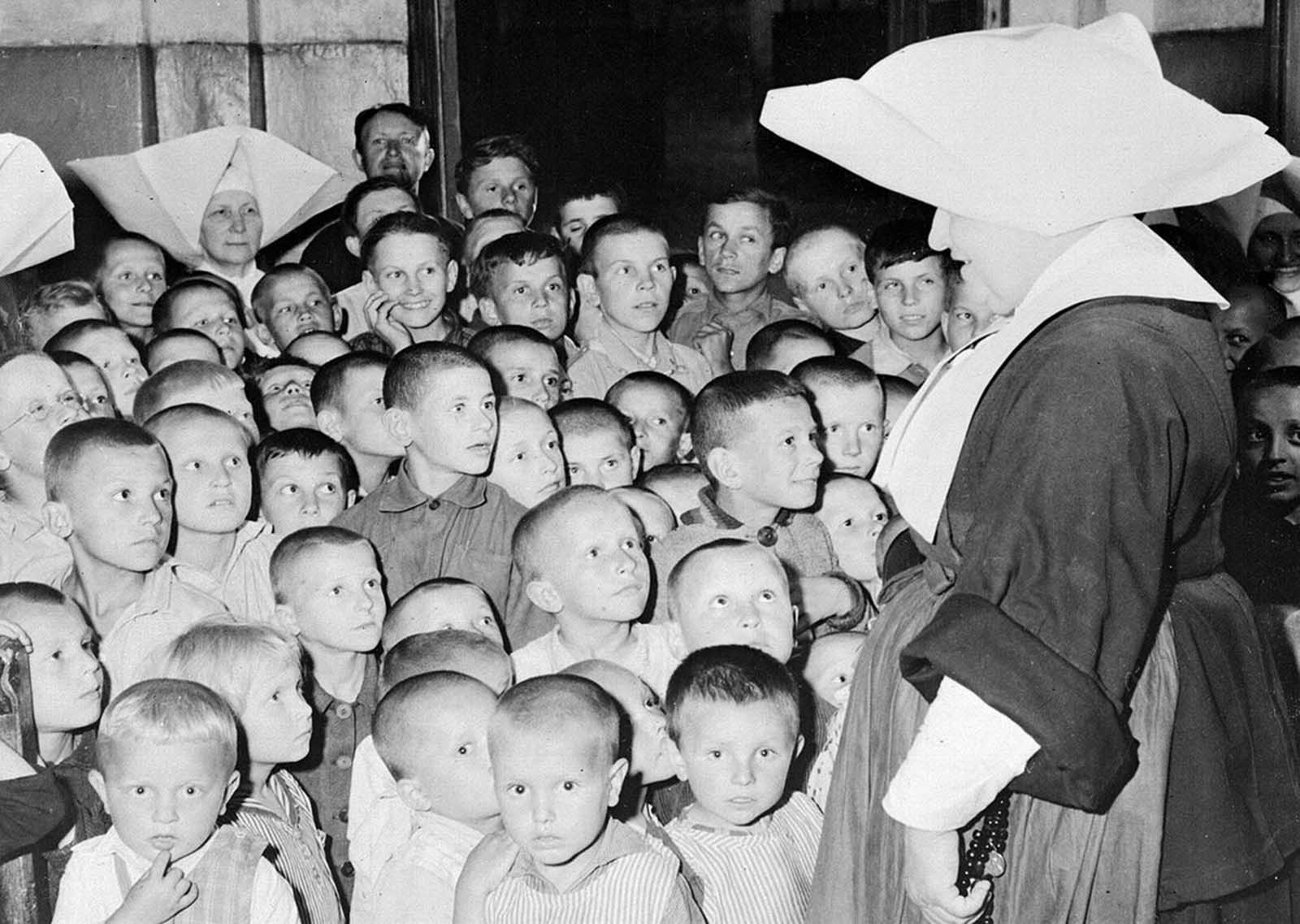
The Marshall Plan and the European Recovery
The United States played a key role in rebuilding Europe through the Marshall Plan. The plan provided over $12 billion in aid to Western European countries, which helped stabilize their economies and prevent the spread of communism. Photographs from this period show the transformation of cities like Paris, London, and Berlin as they slowly rebuilt from the devastation of the war.
The Marshall Plan was not just a humanitarian effort; it was also a strategic move to prevent the spread of Soviet influence in Europe. The recovery of Western Europe laid the foundation for the eventual creation of the European Union, a political and economic union that would become one of the world’s most influential powers.
The Formation of the European Union and Global Rebuilding Efforts
In the years following the war, European nations began to work together to ensure that such a devastating conflict would never happen again. The formation of the European Coal and Steel Community in 1951, and later the European Economic Community in 1957, were key steps in the integration of Europe. These efforts laid the groundwork for what would become the European Union, a political and economic union that would play a central role in global affairs for decades to come.
The global rebuilding effort was not limited to Europe. In Asia, Japan began its recovery with the help of American aid and guidance. The rapid rebuilding of Japan, which had been devastated by the war, led to its emergence as a global economic power in the following decades.
Conclusion: A Transformed World Post-War
The period between 1945 and 1947 marked a profound shift in the global landscape. The aftermath of World War II brought immense challenges but also paved the way for new political, economic, and social developments. Through the efforts of the Allies, nations began to rebuild, and the foundations for the Cold War, decolonization, and the creation of new global powers were laid. The photographs from this period offer us a glimpse into the transformative years that followed the end of the war, reminding us of the resilience of humanity in the face of adversity.
Gallery of Rare Post-War Photographs
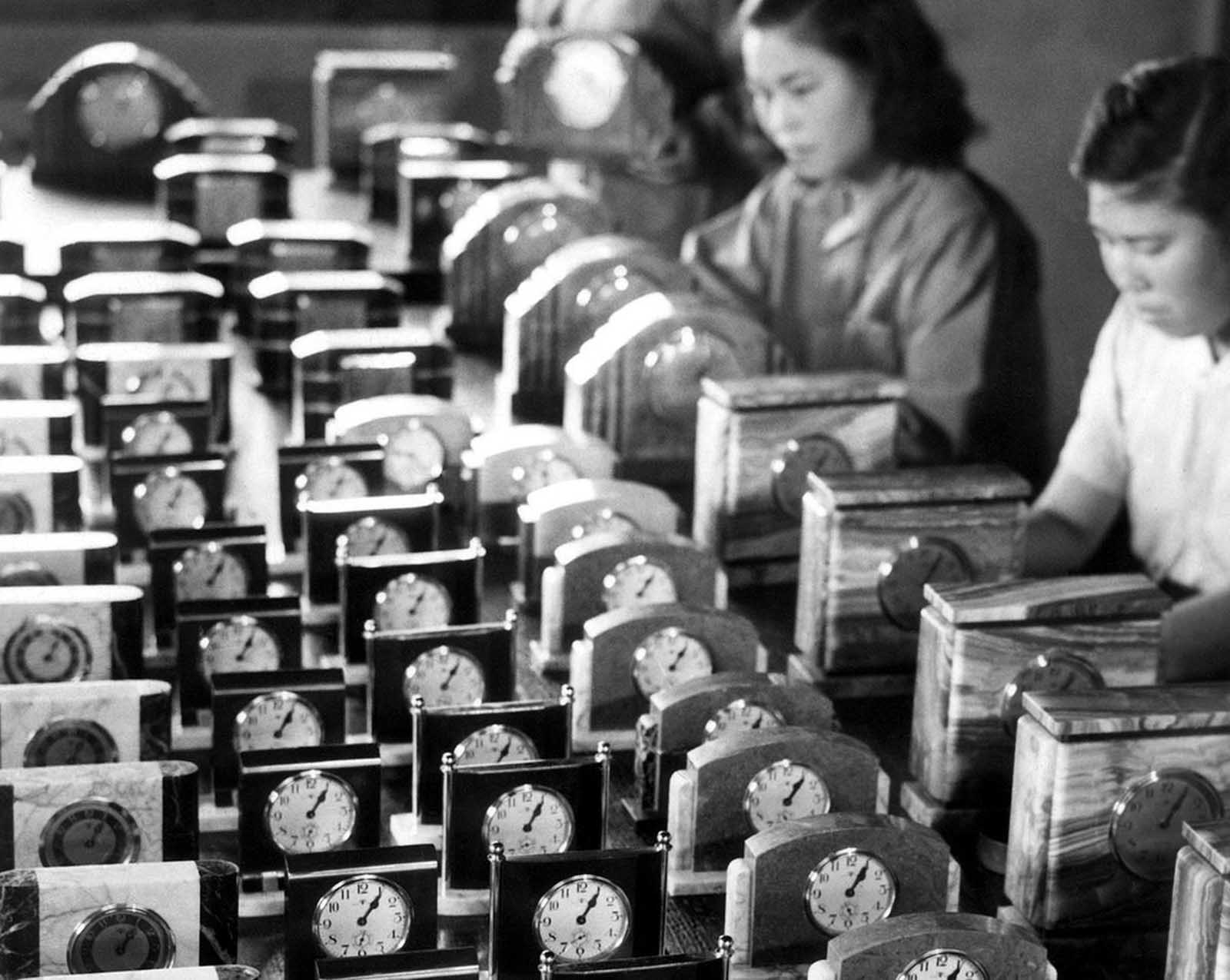
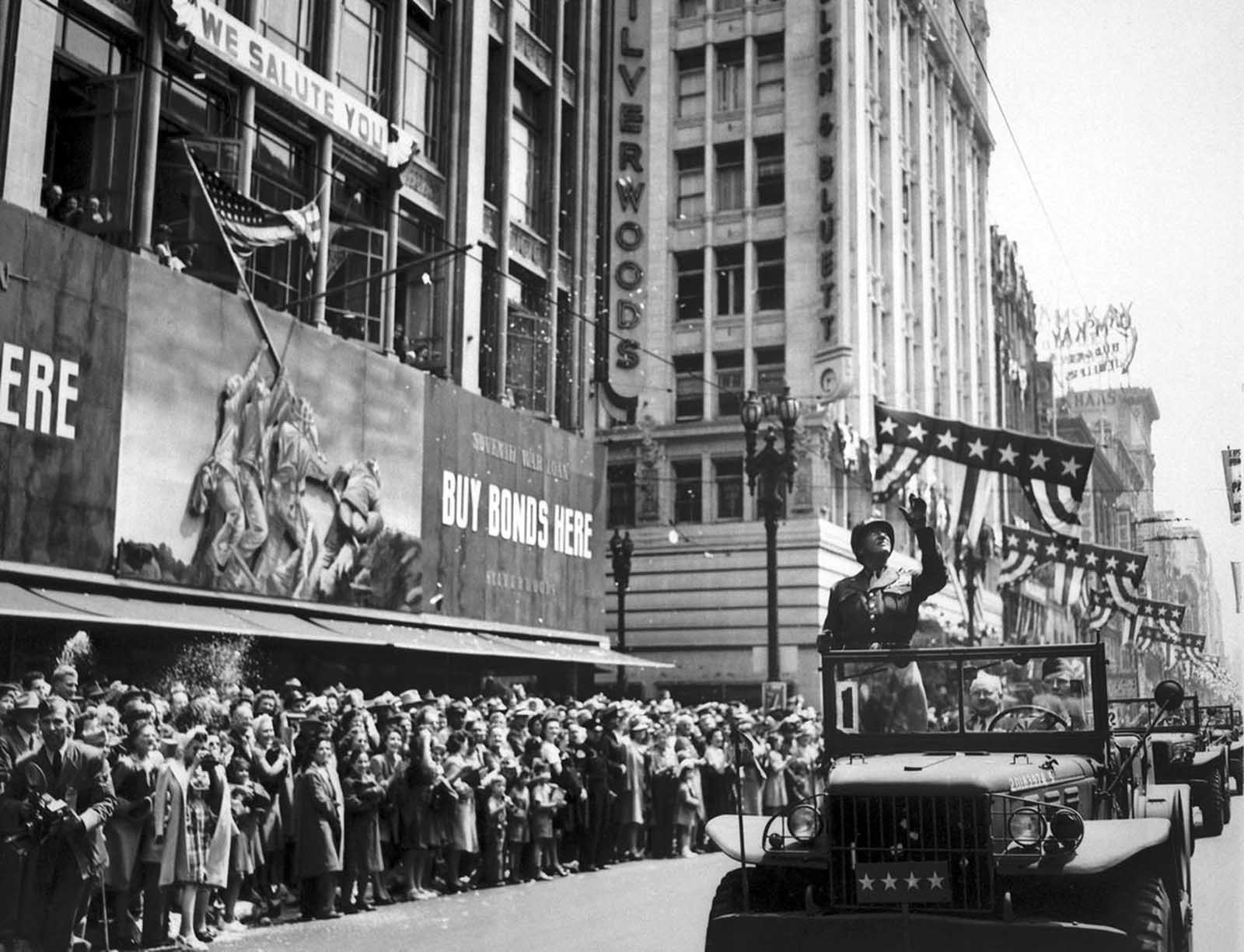

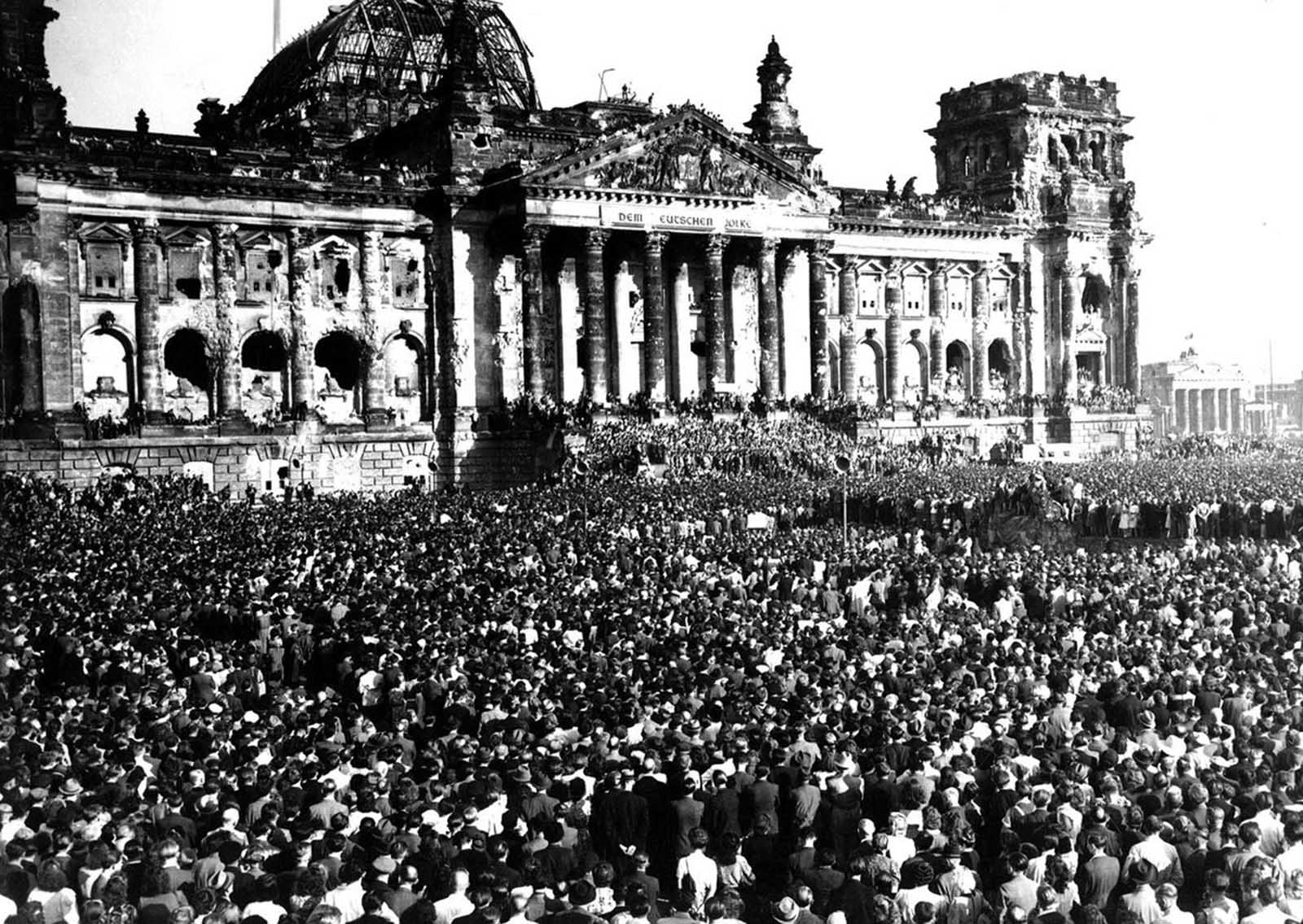
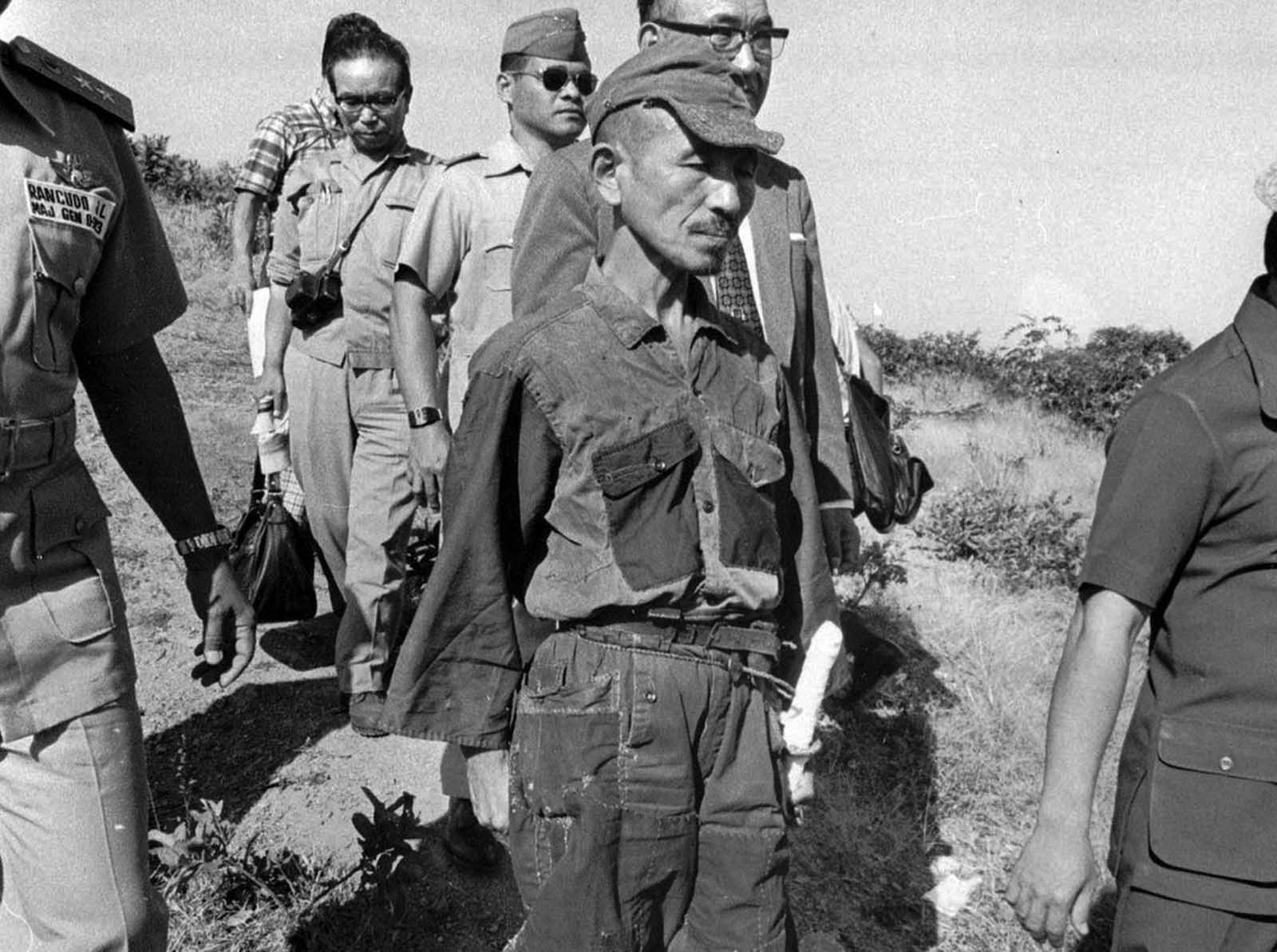


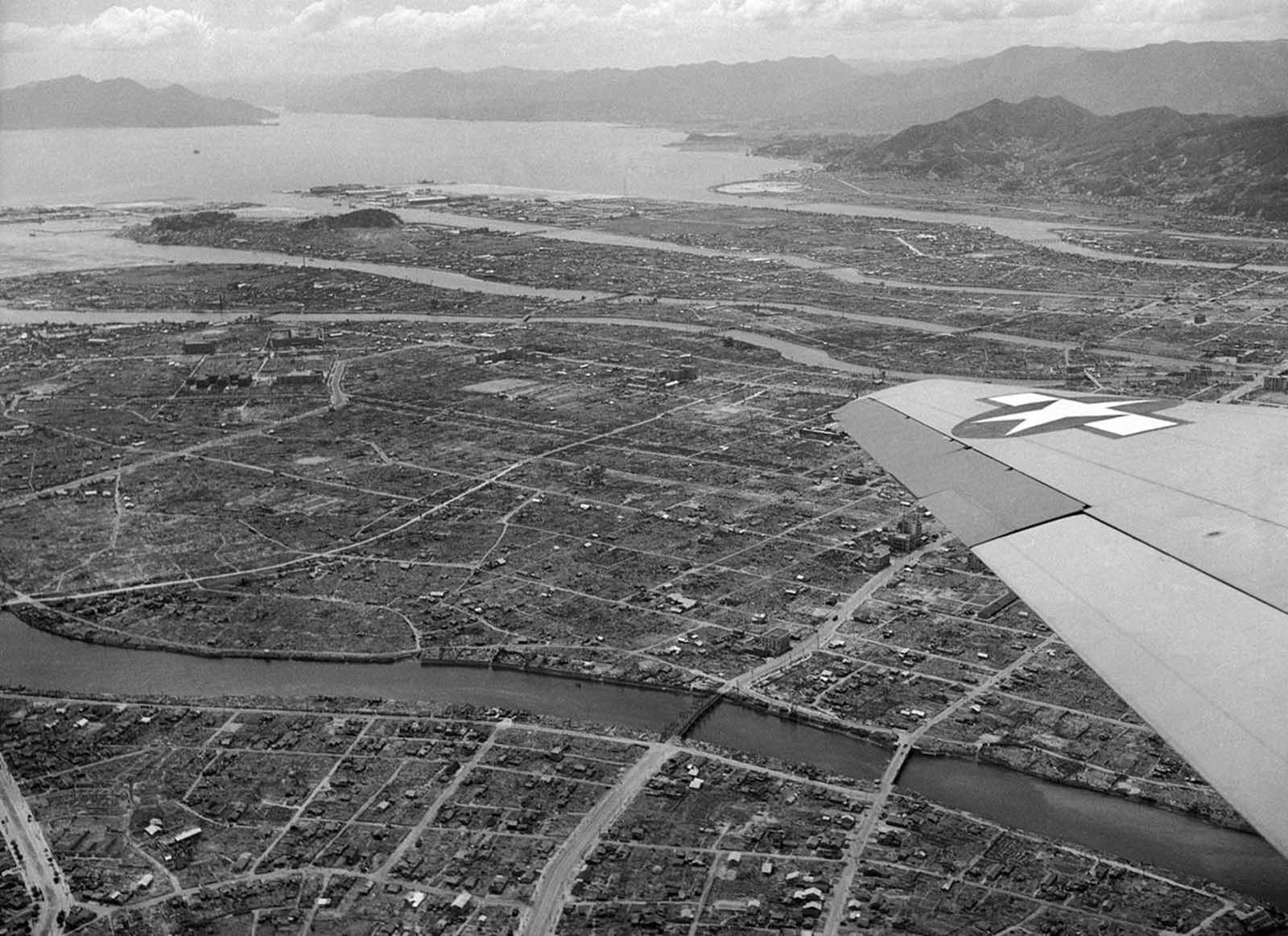

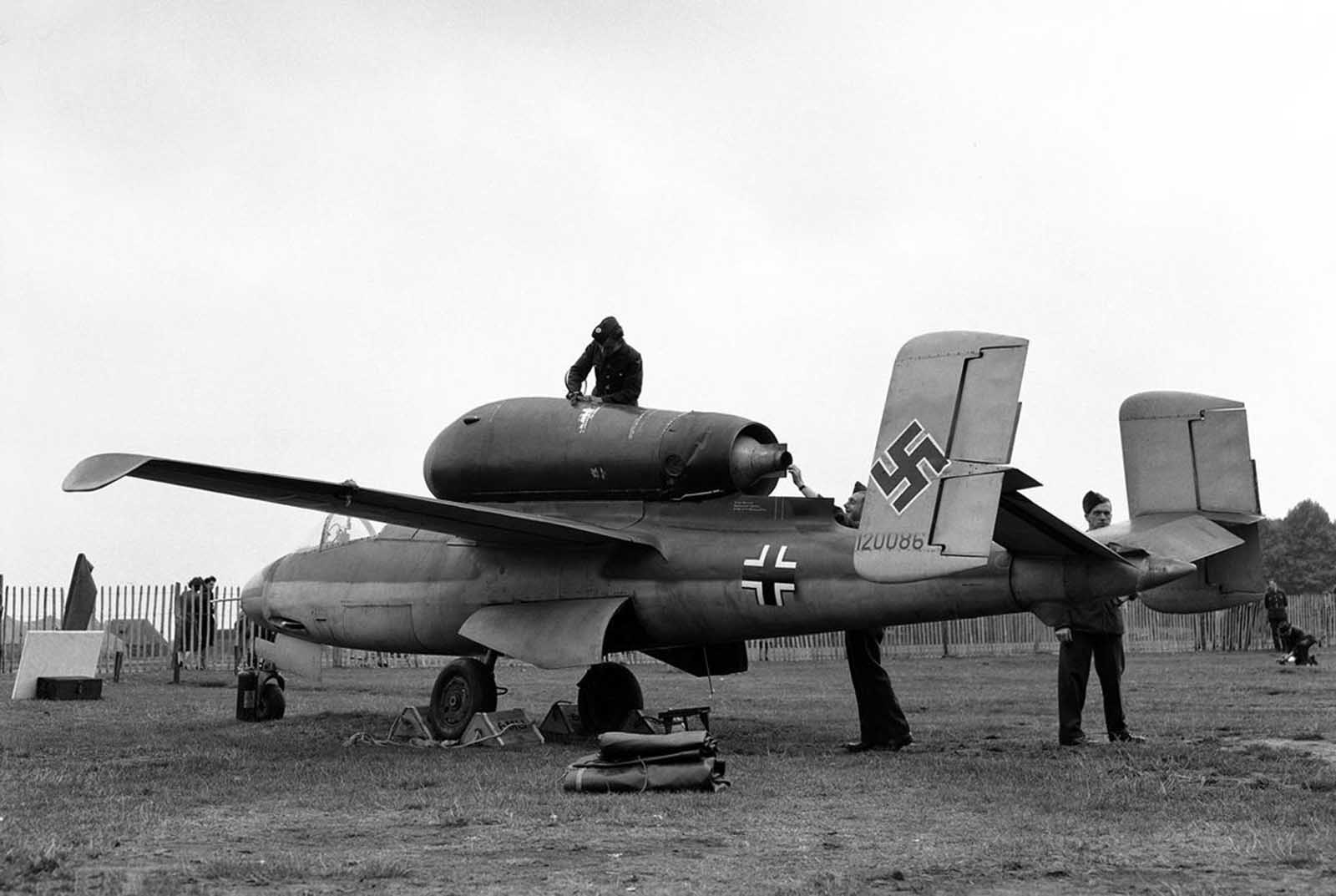
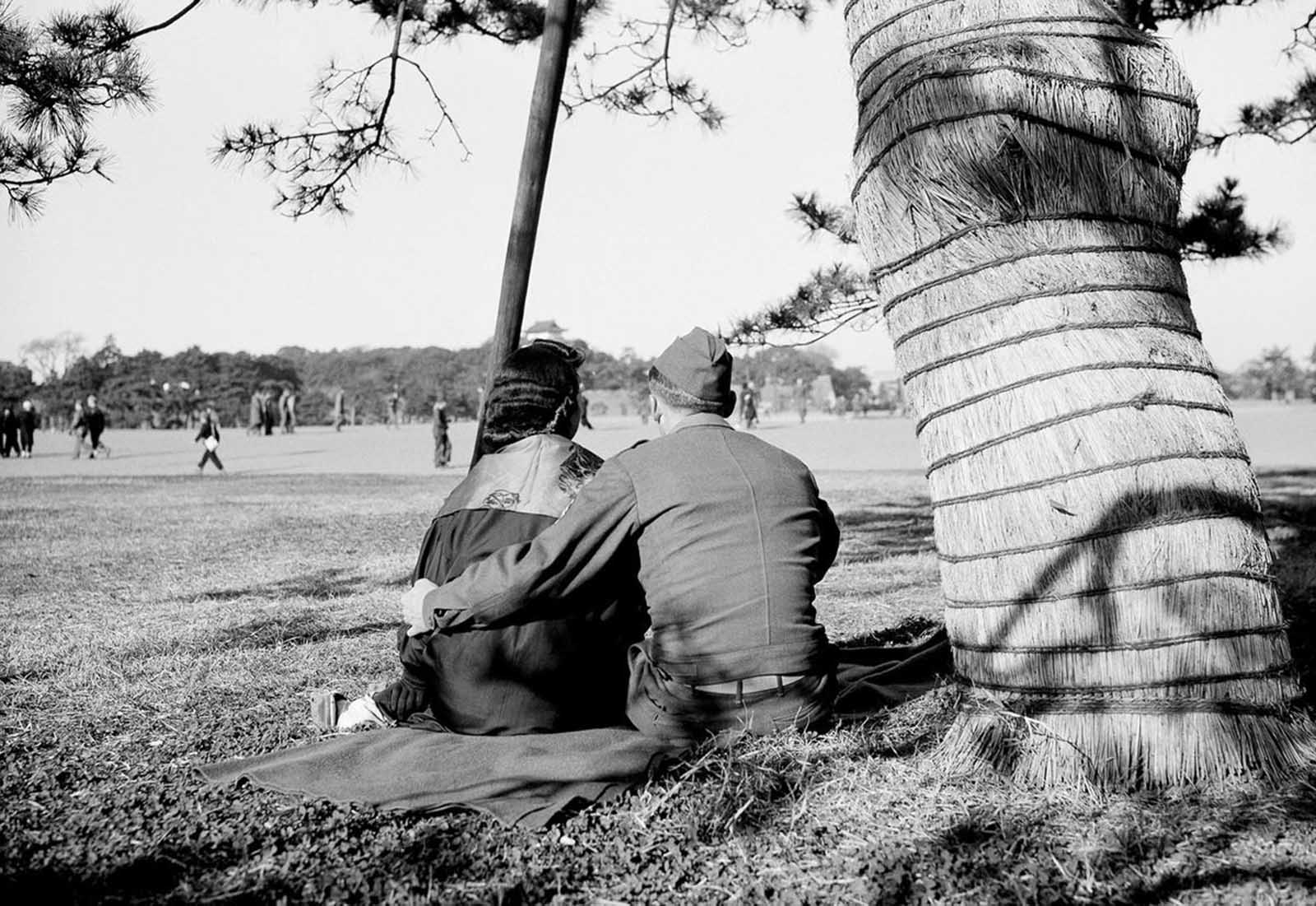
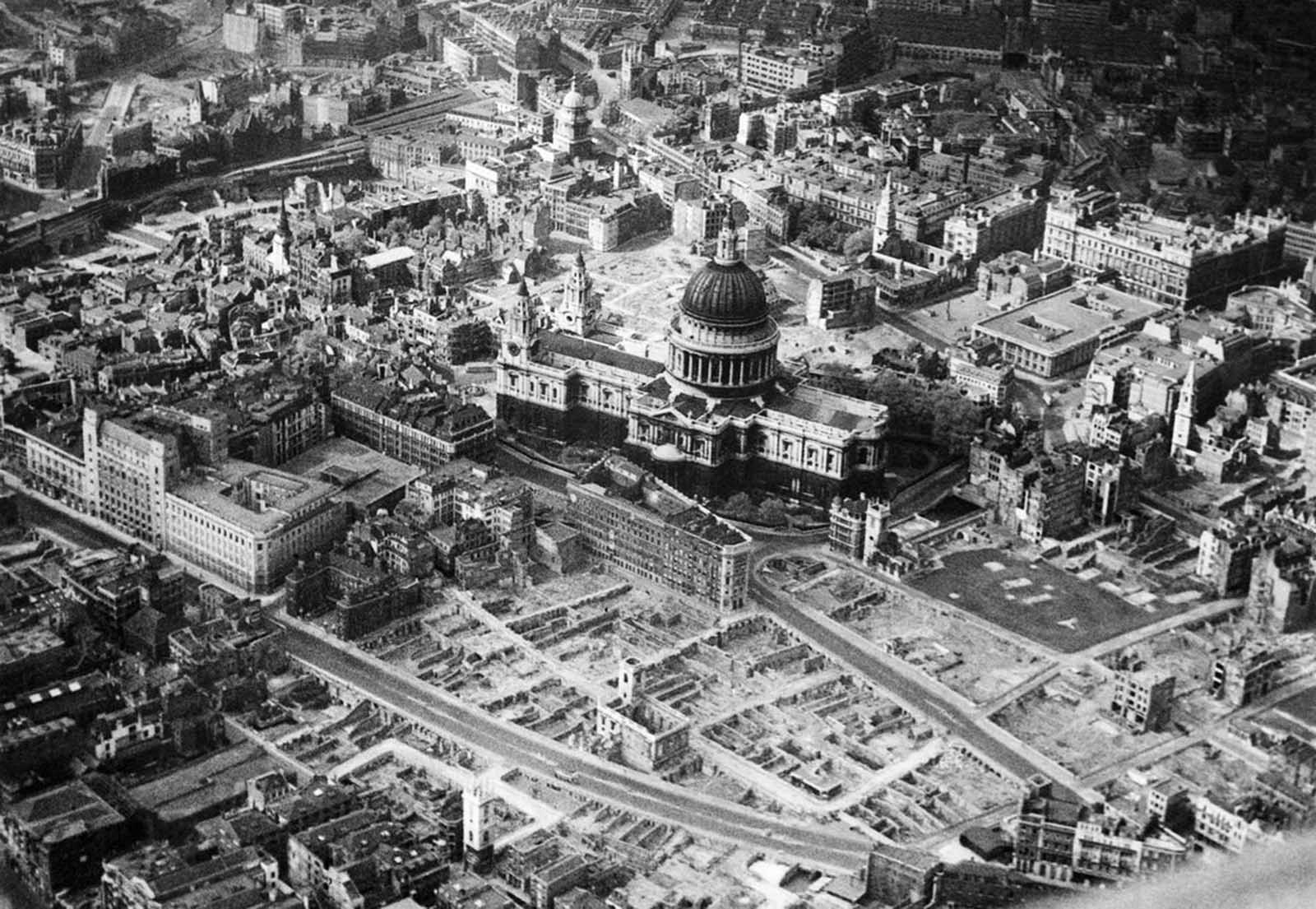

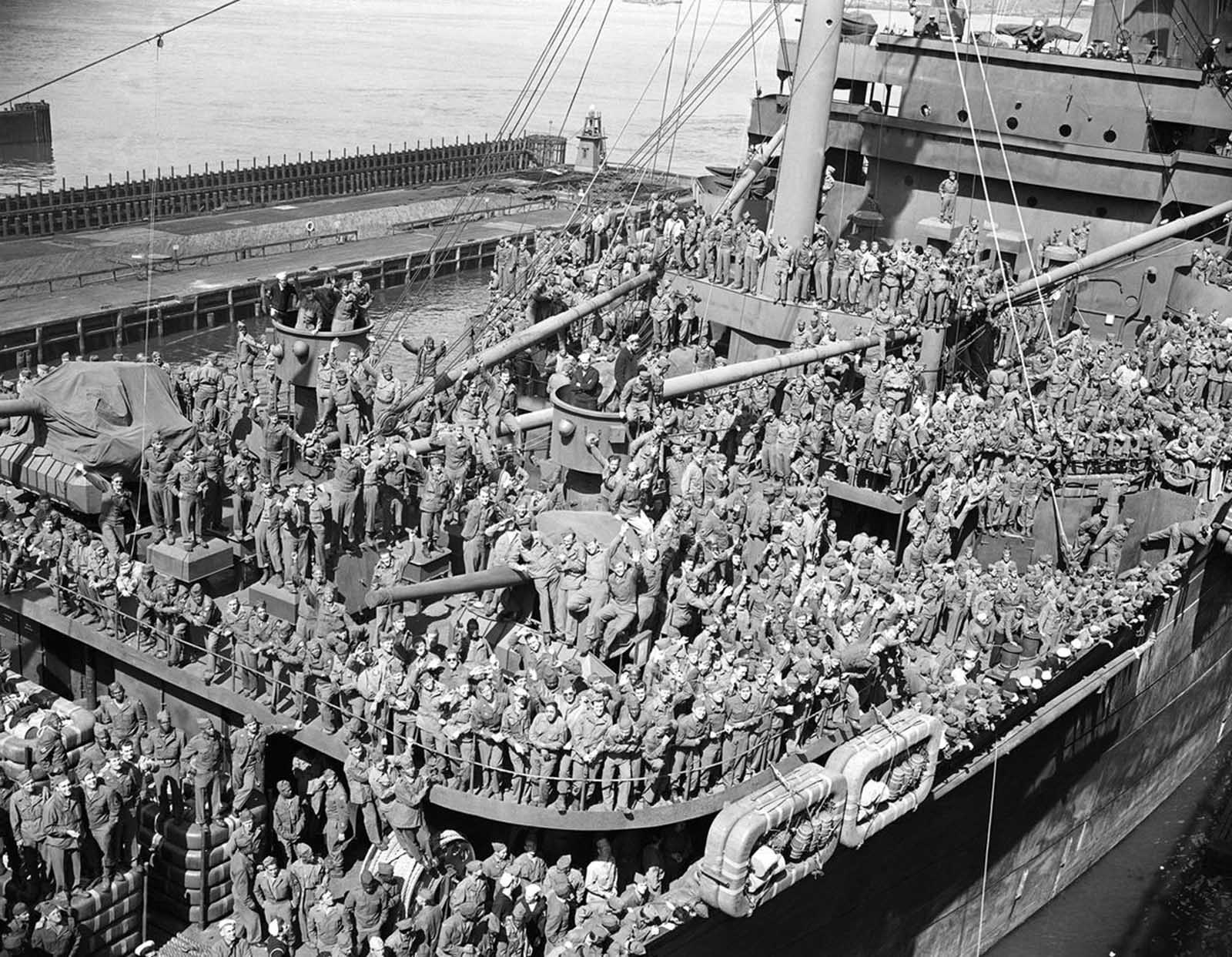


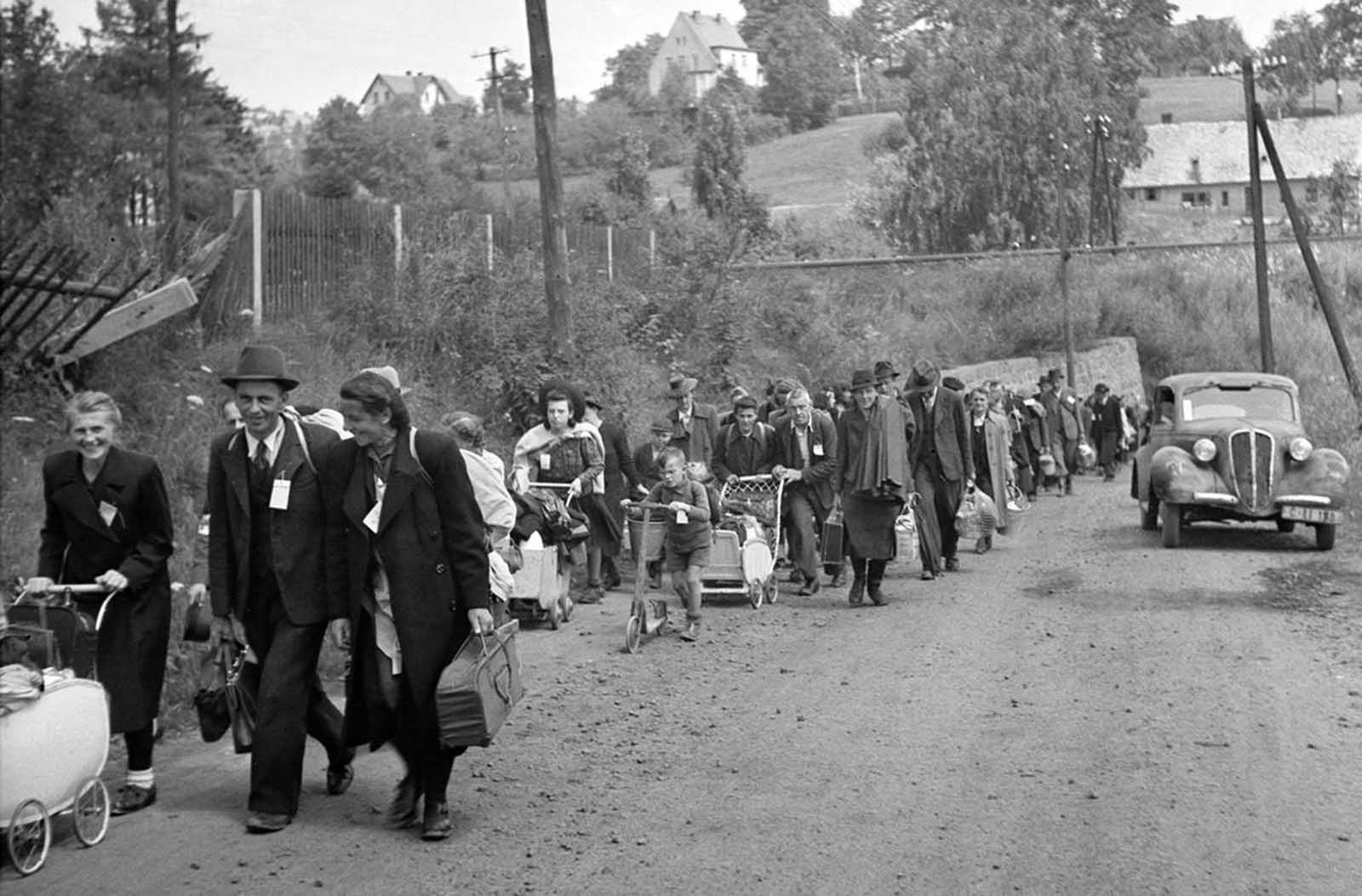
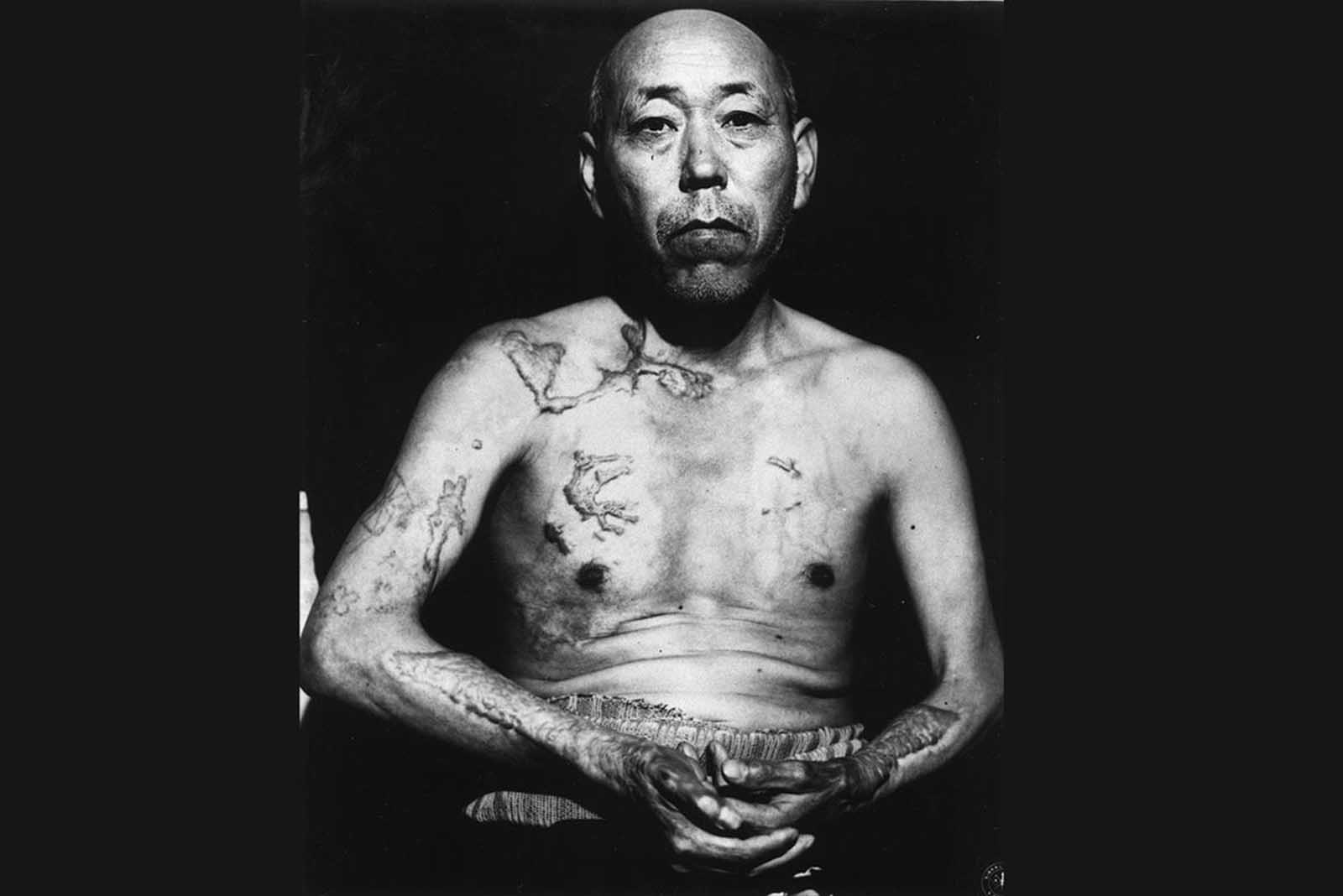
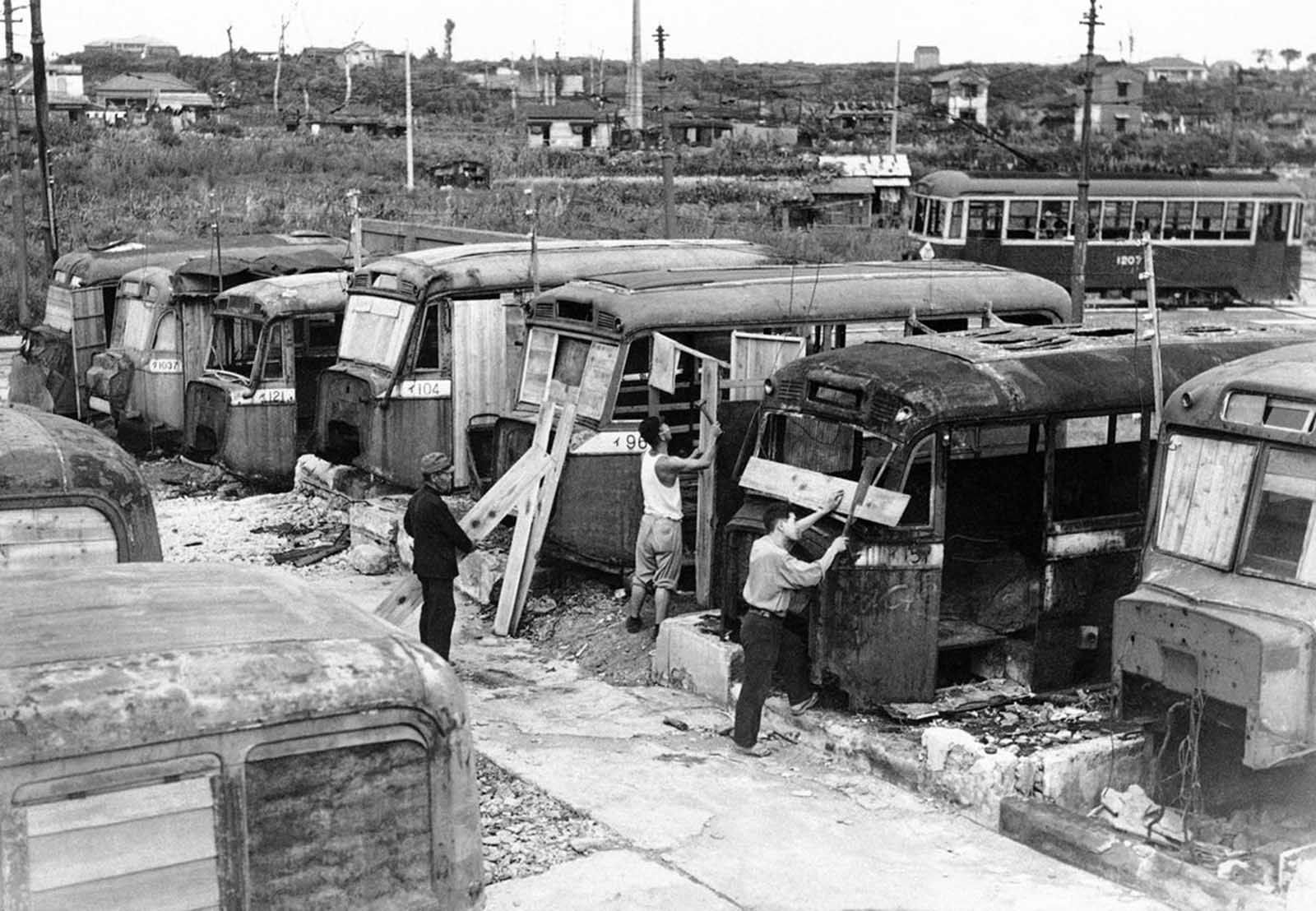
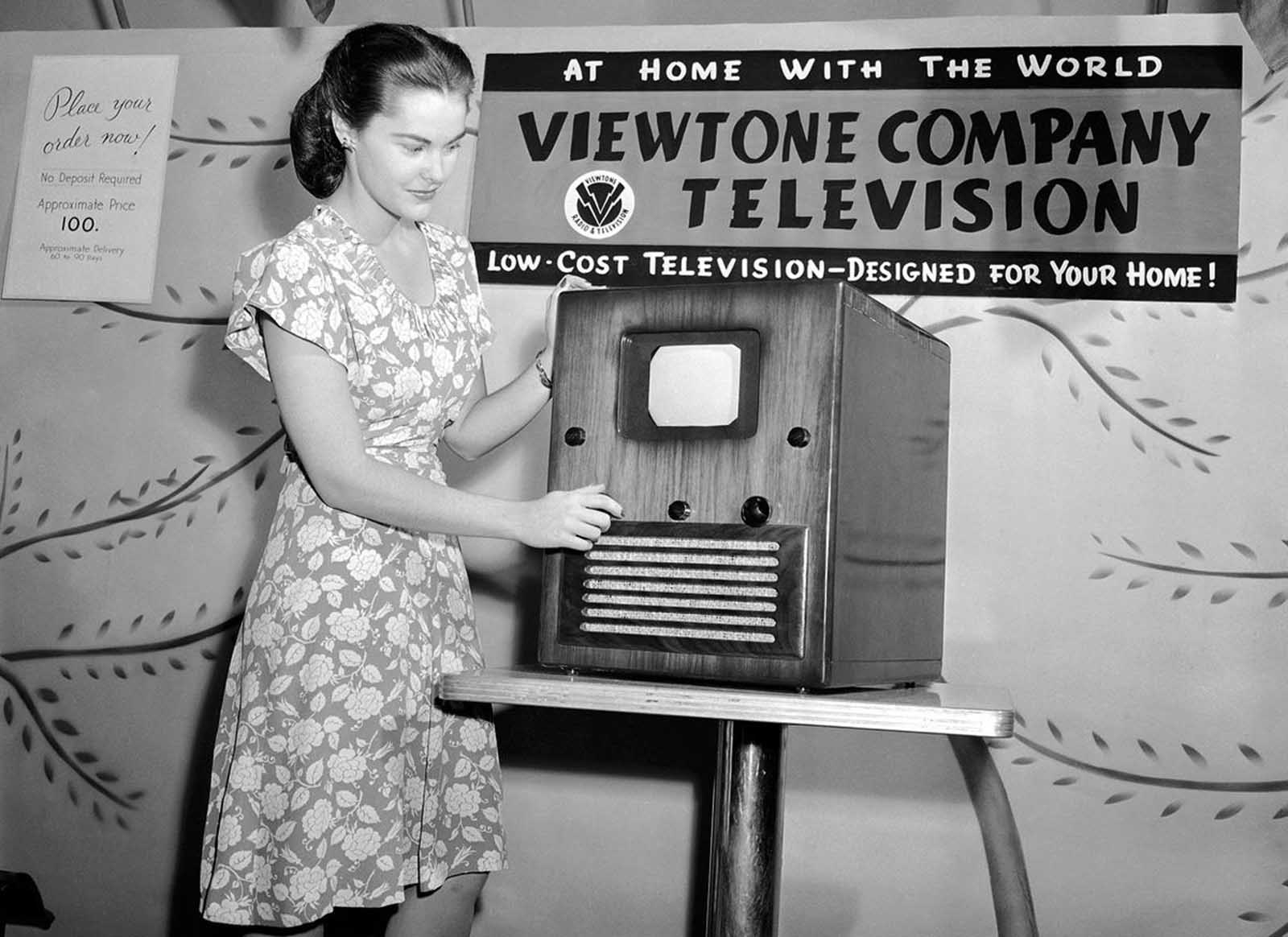

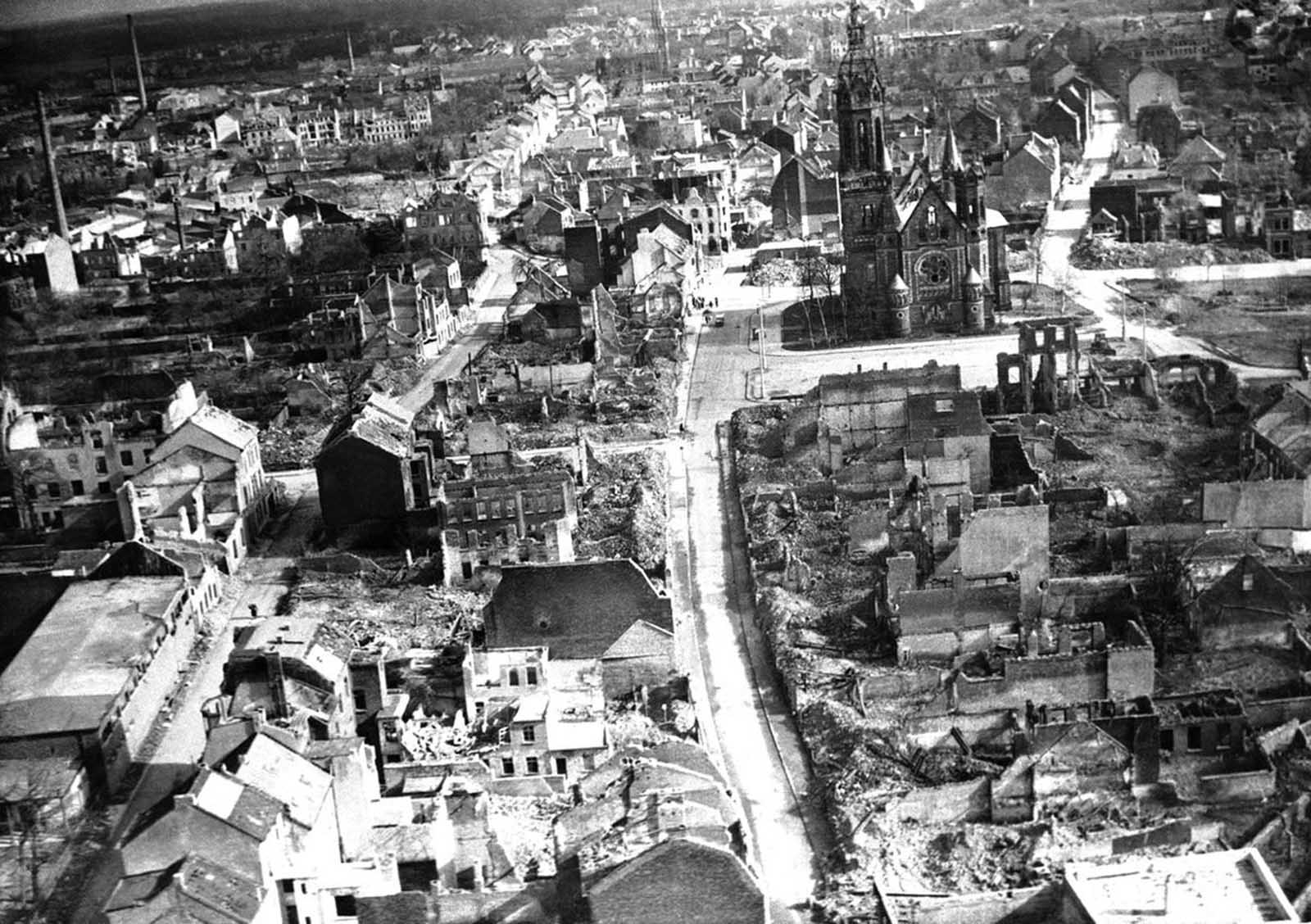

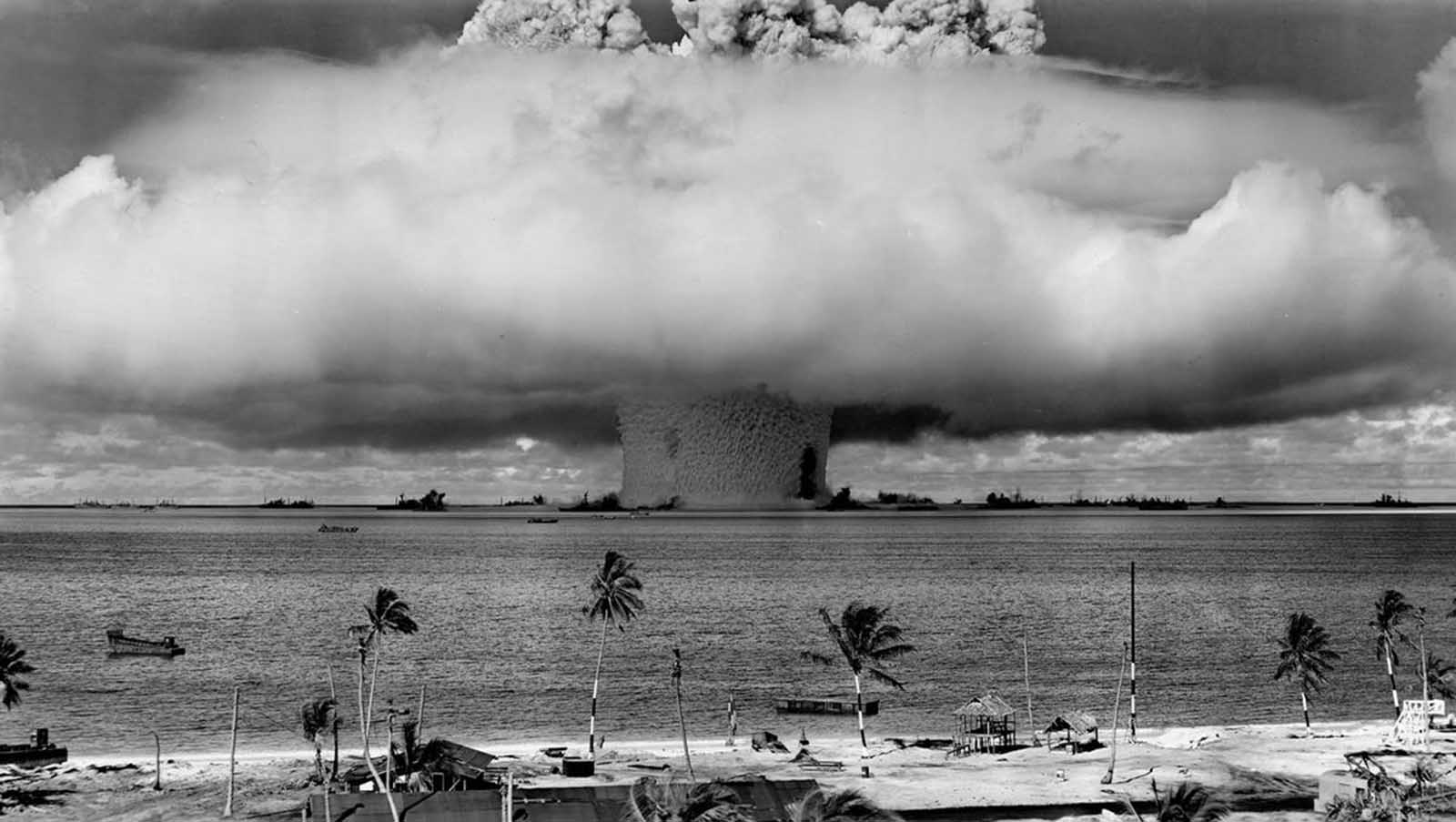
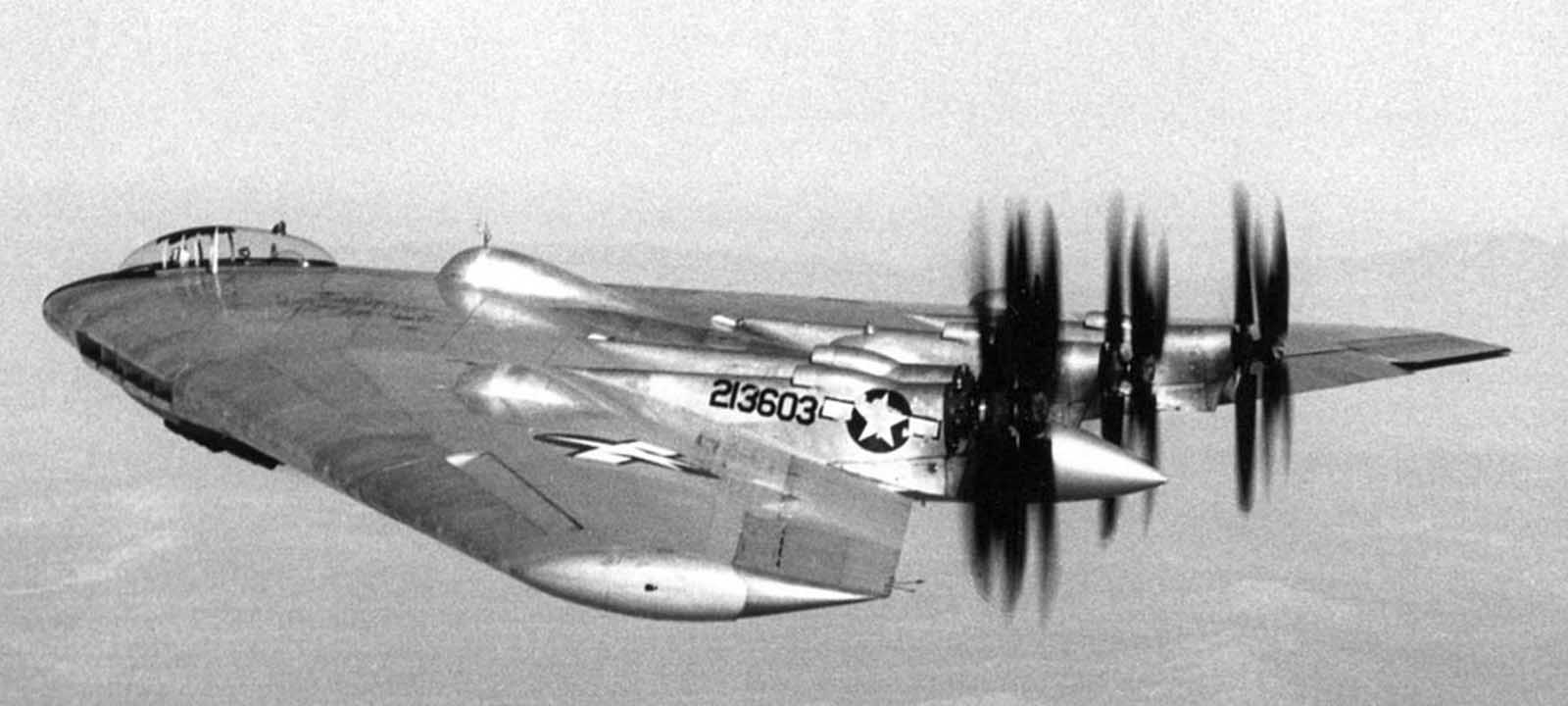
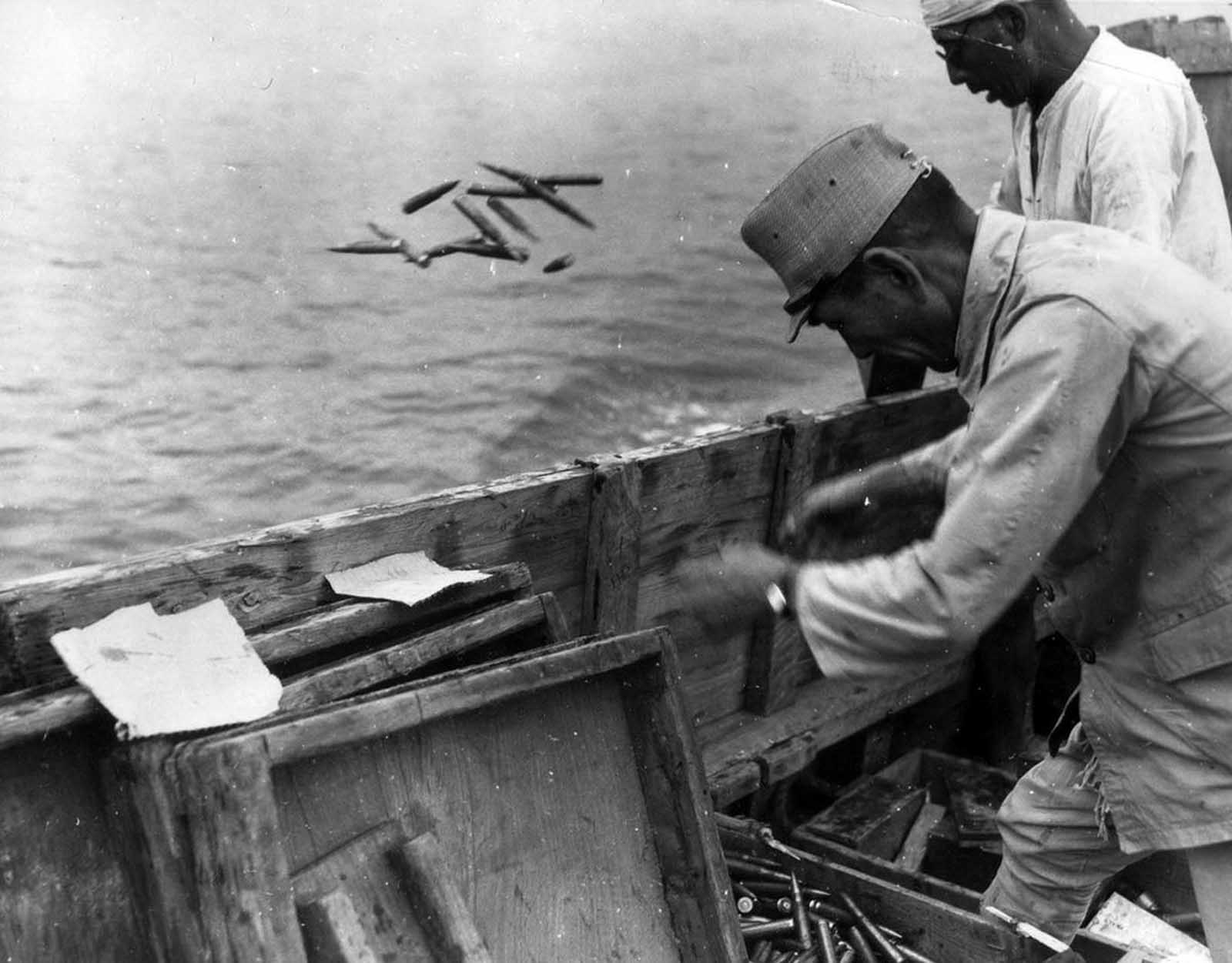
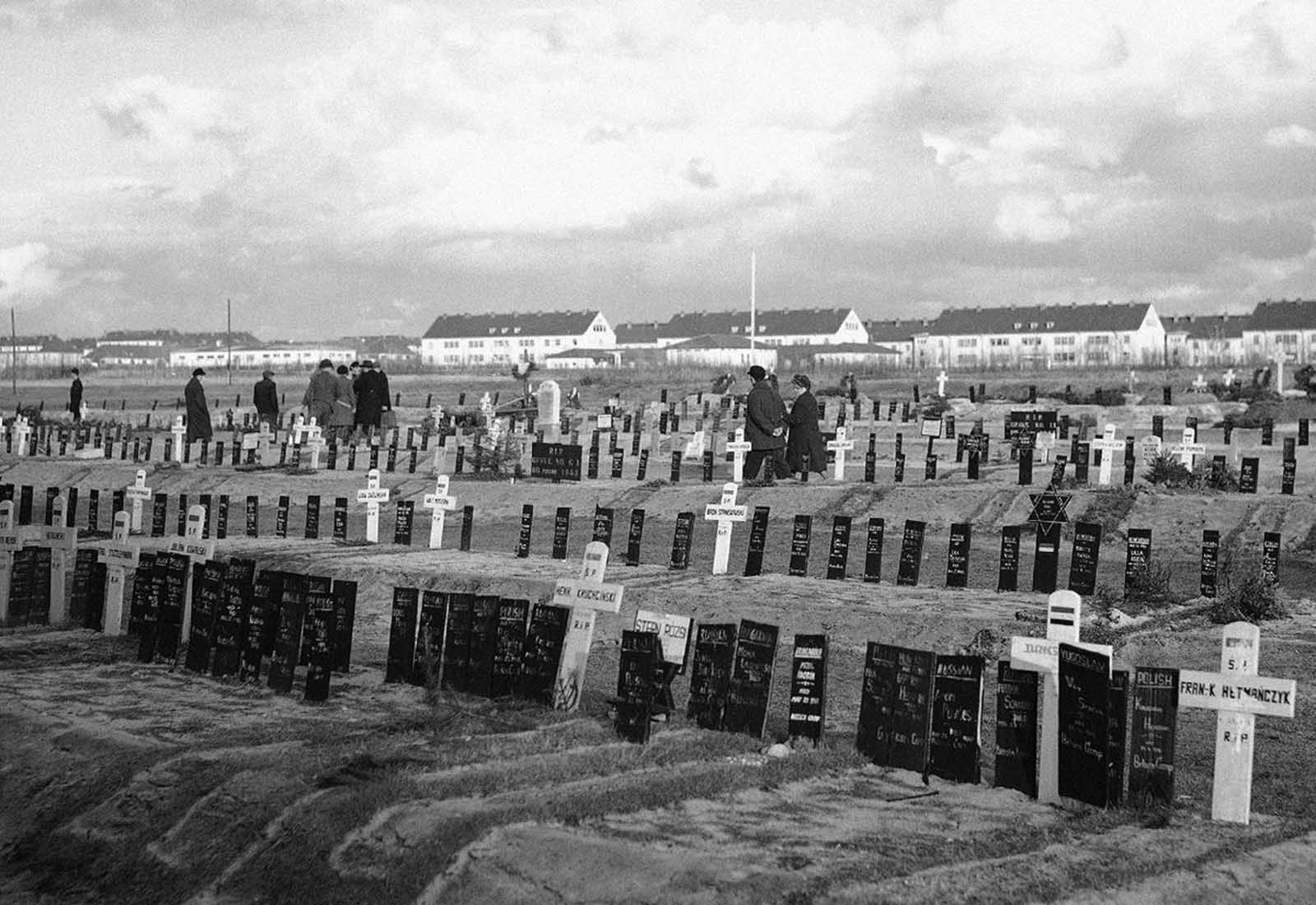



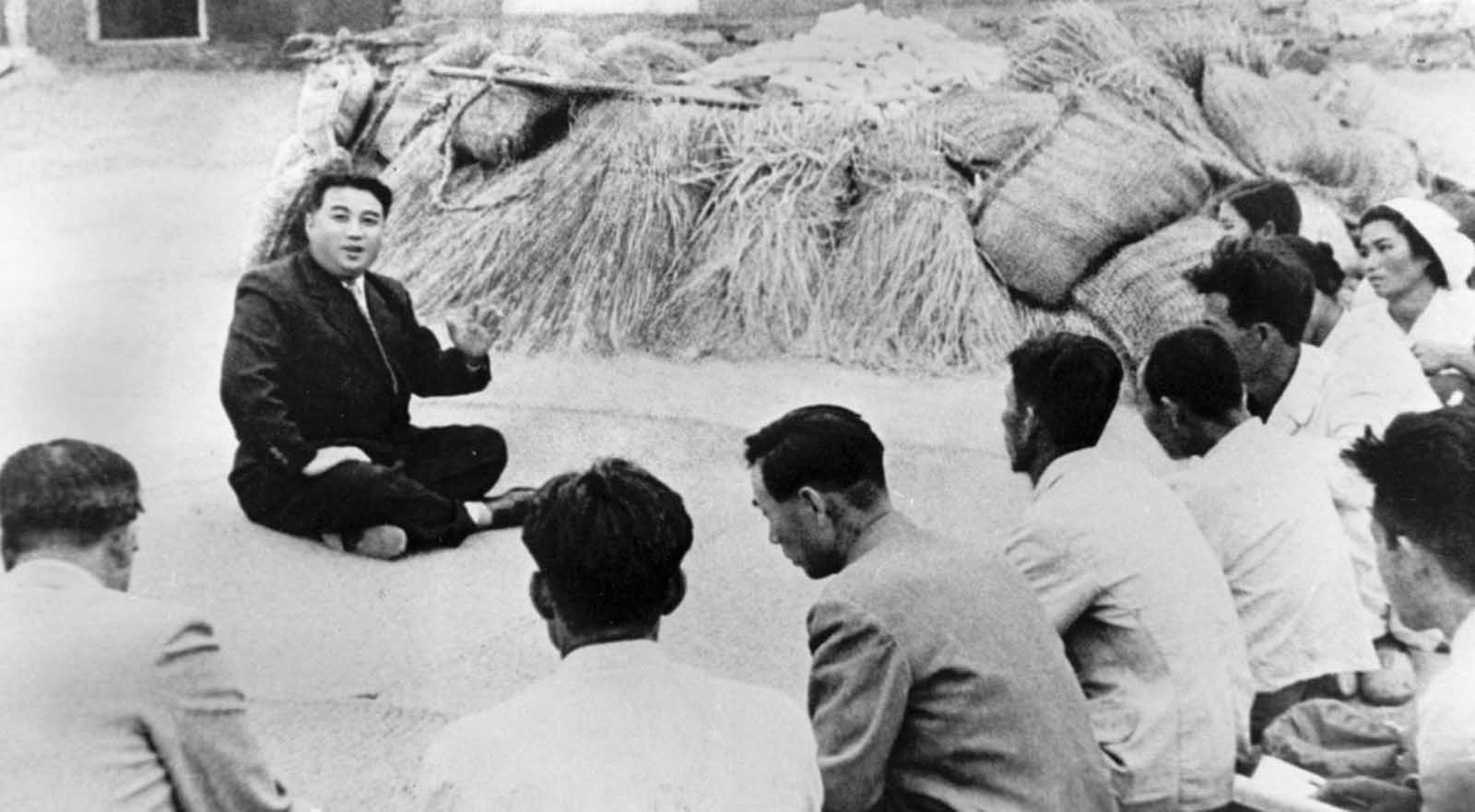
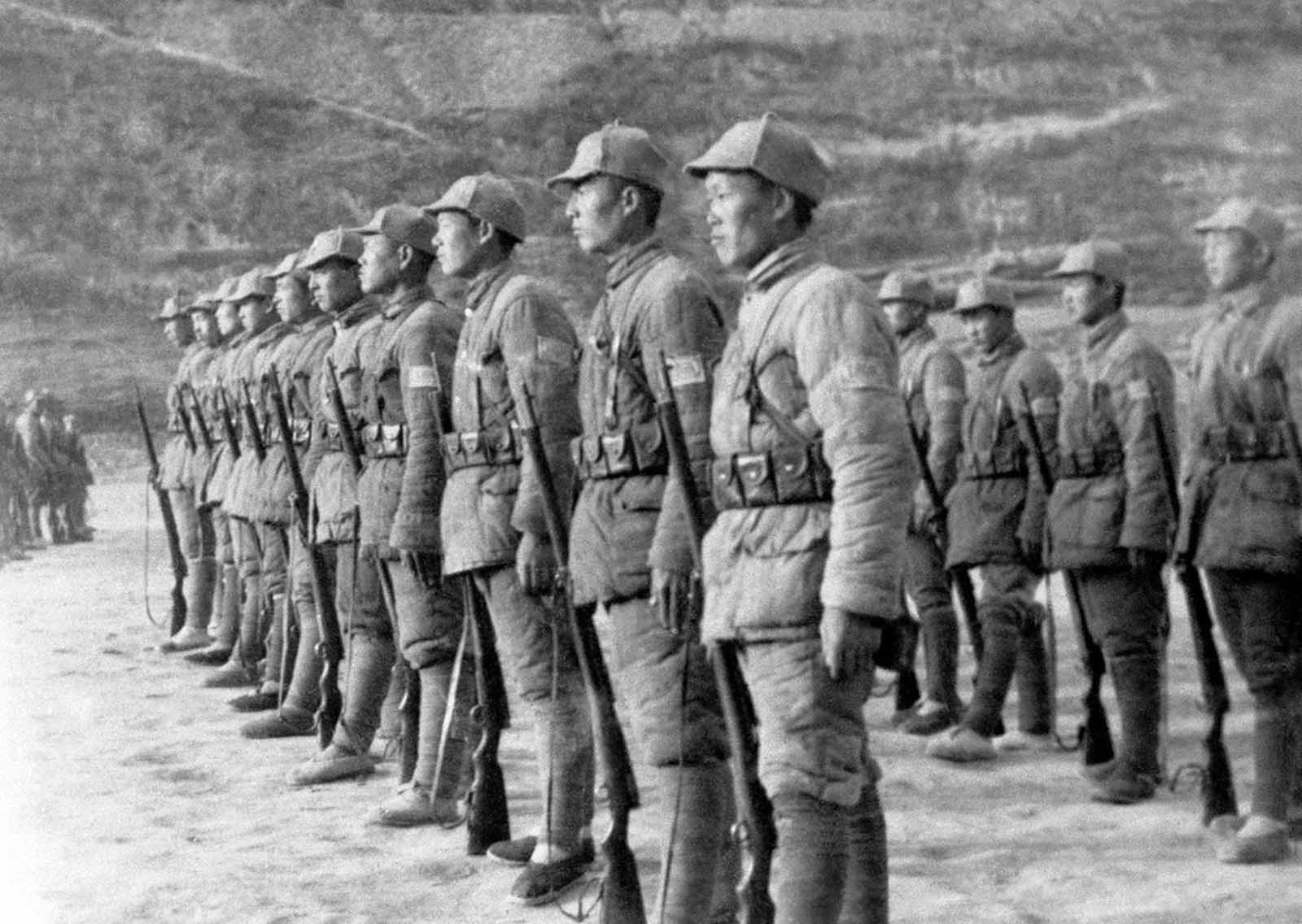
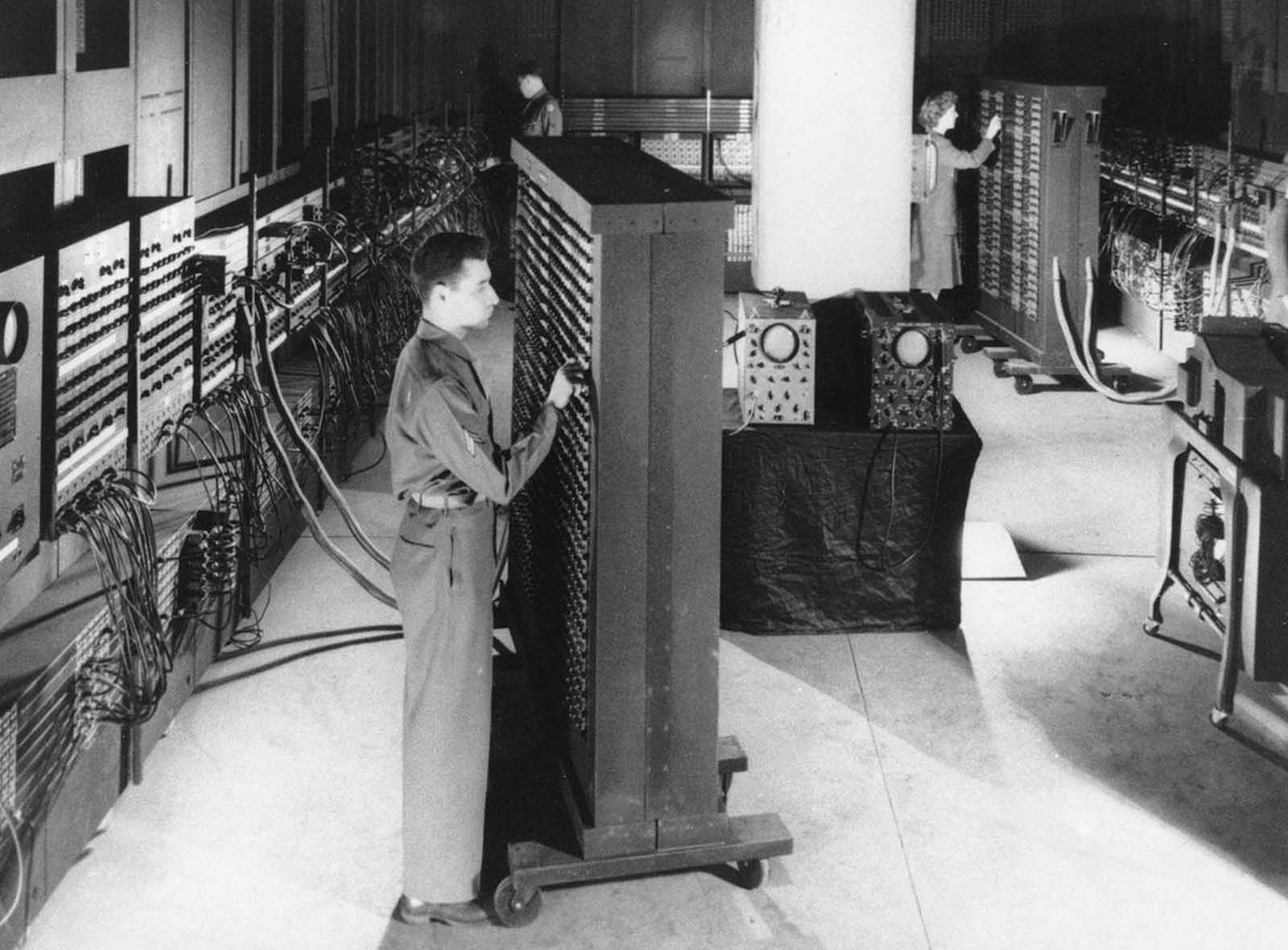
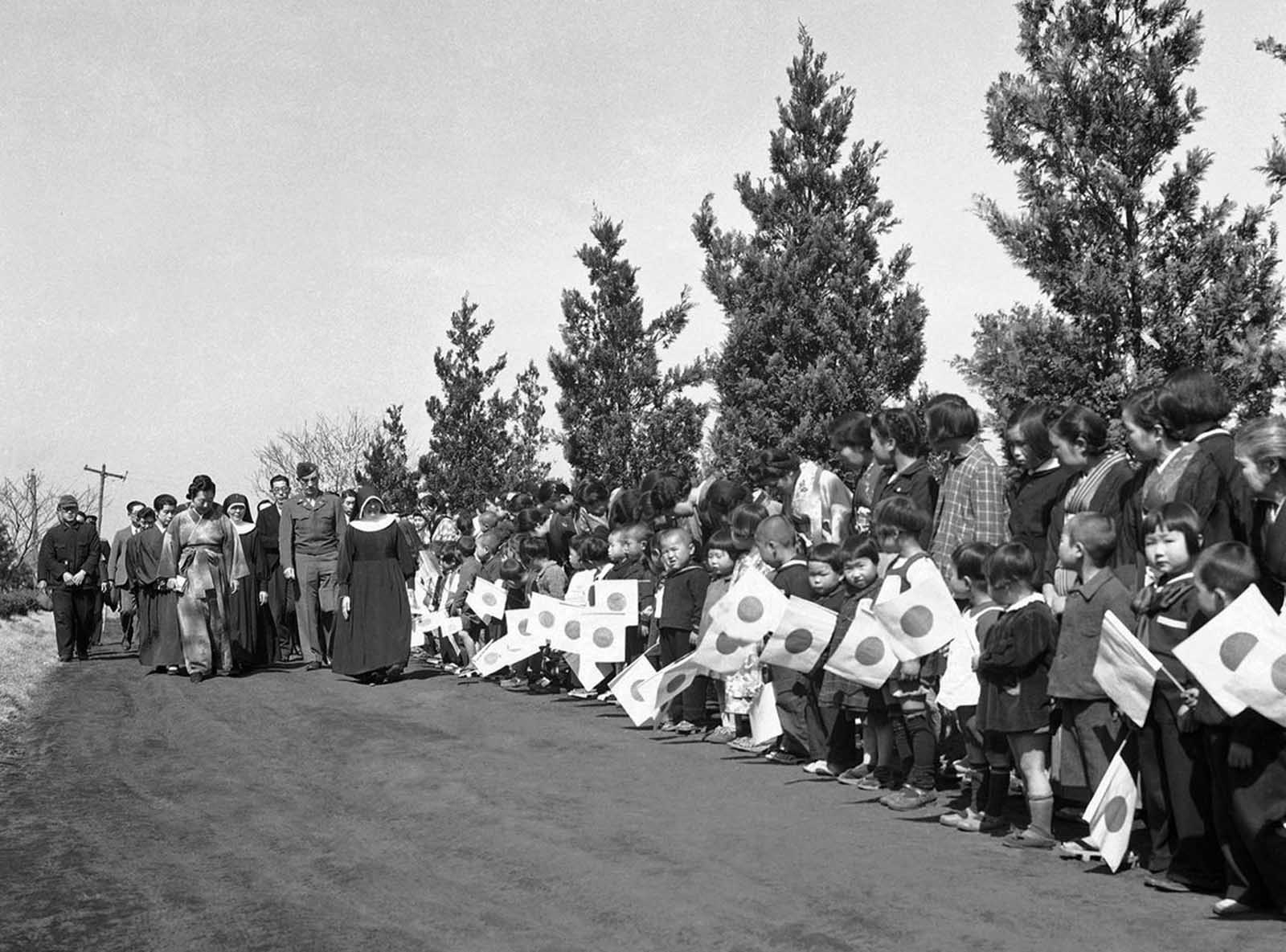
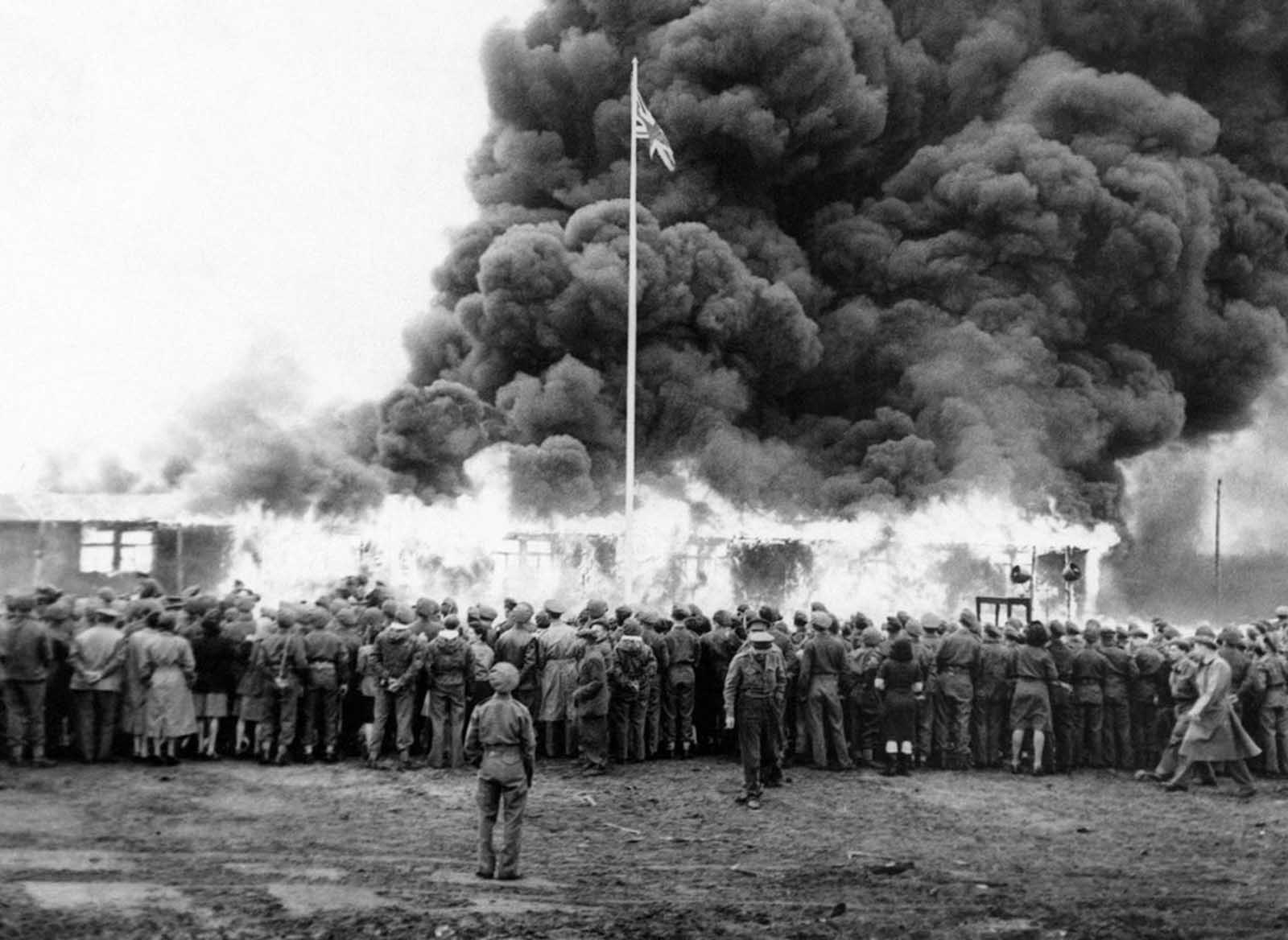
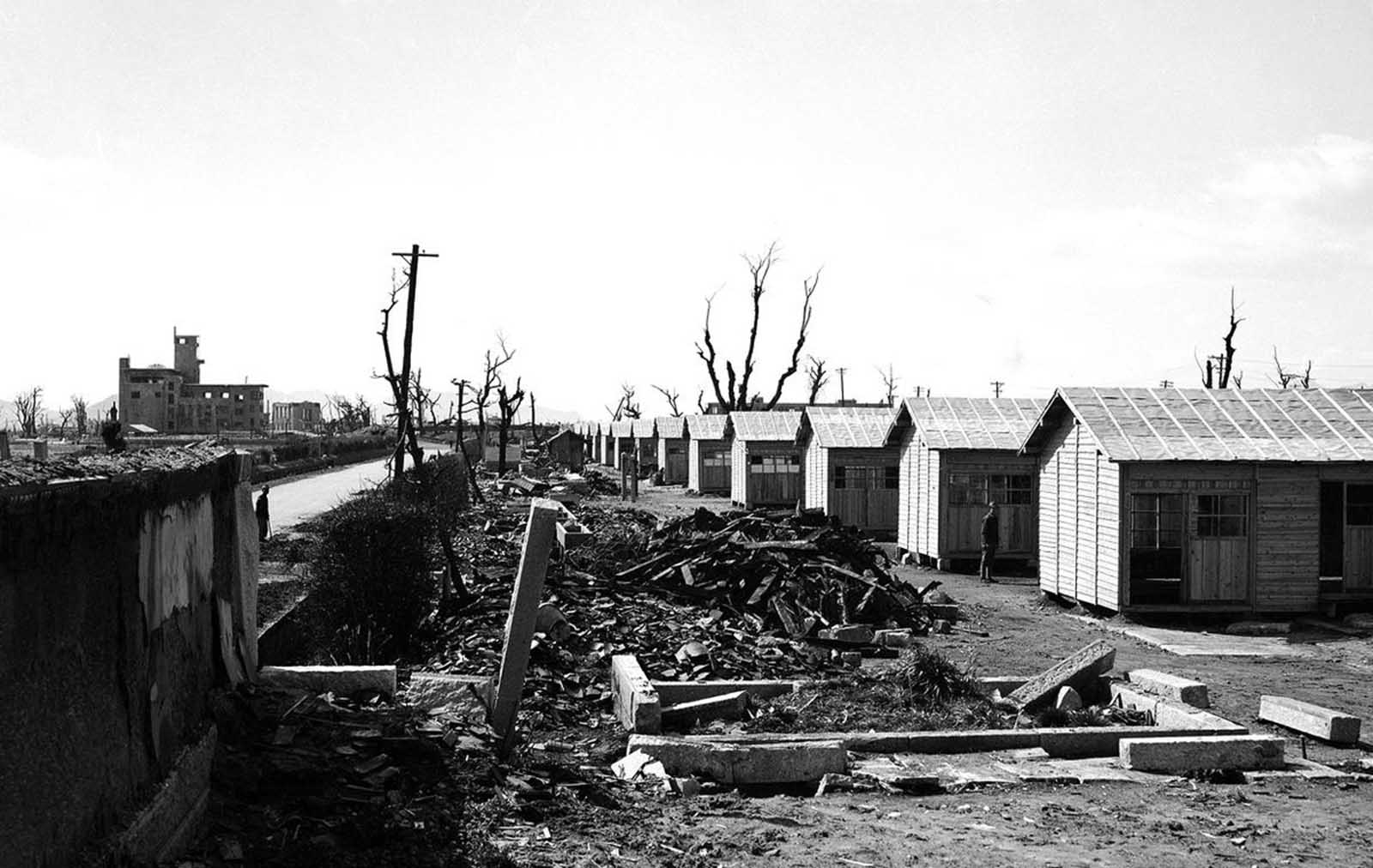
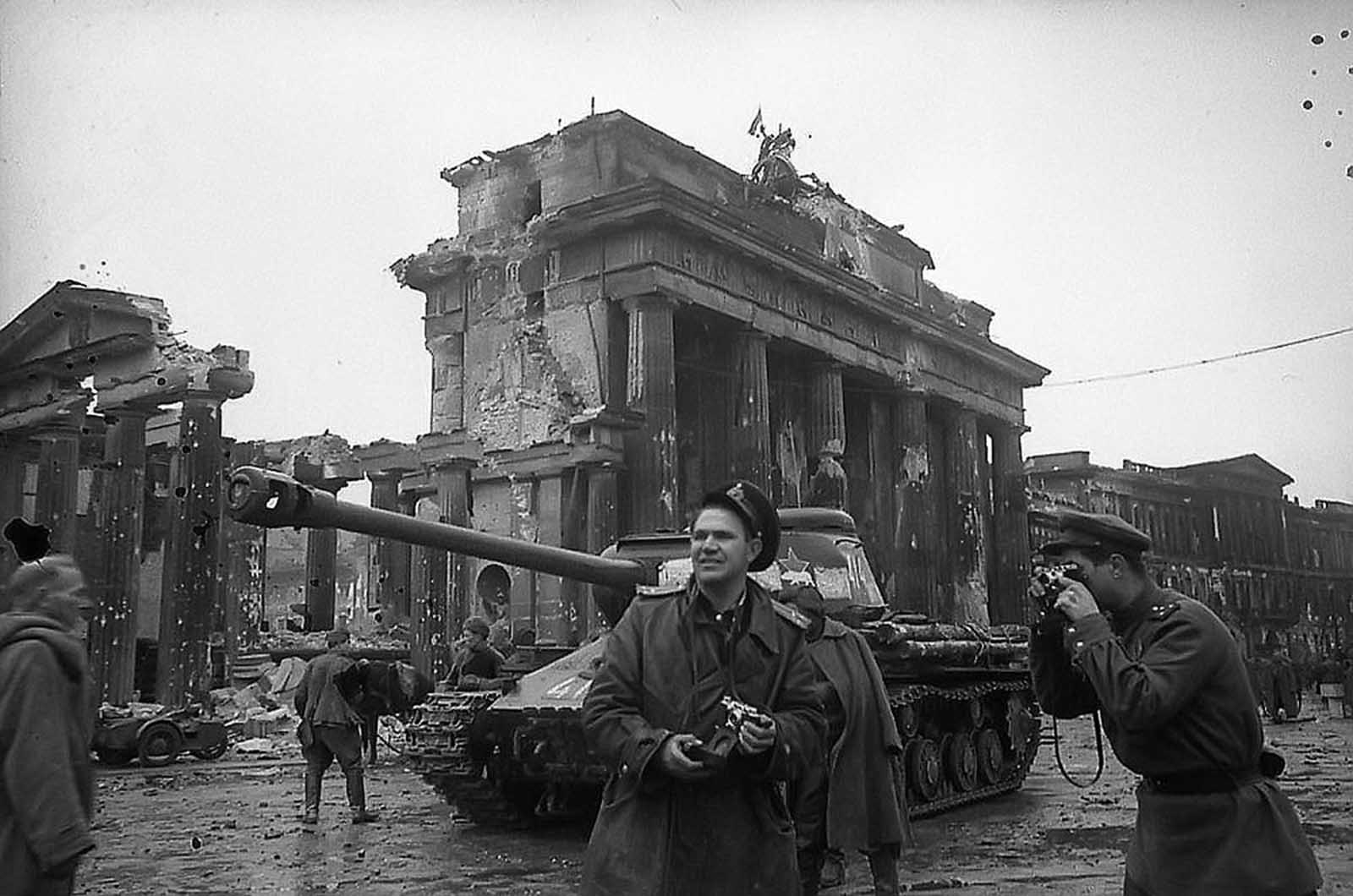
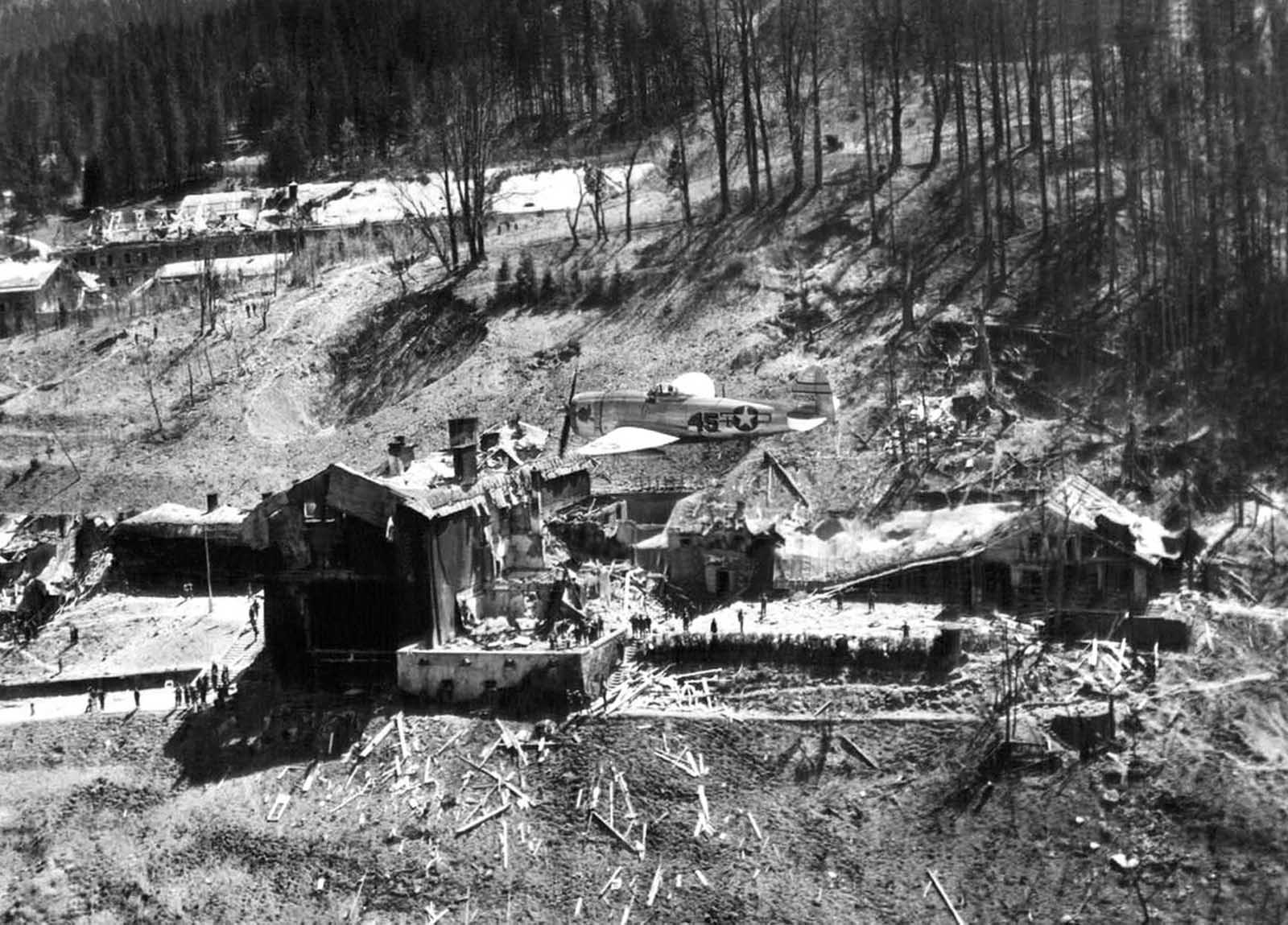
Video
Watch “1945: What Happened at the End of WWII?” from The Year That Changed The World on Timeline to learn about the pivotal events that shaped history.



